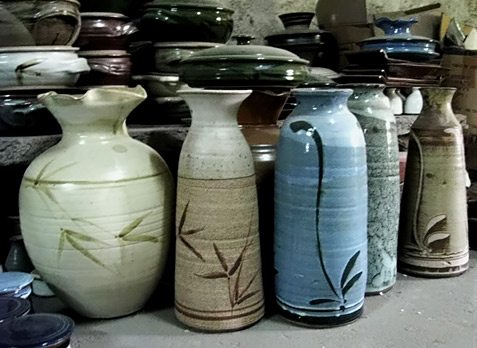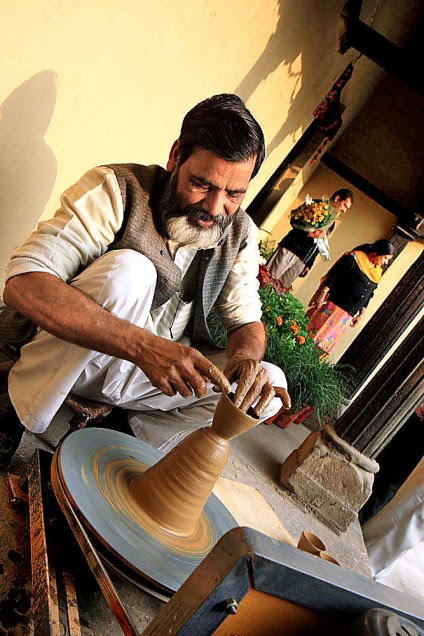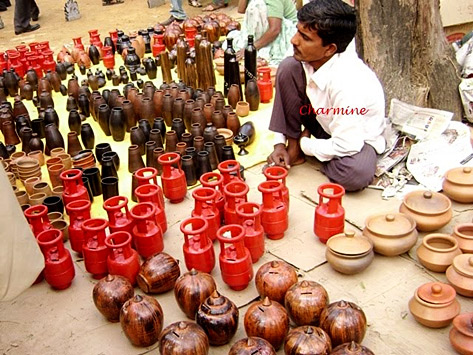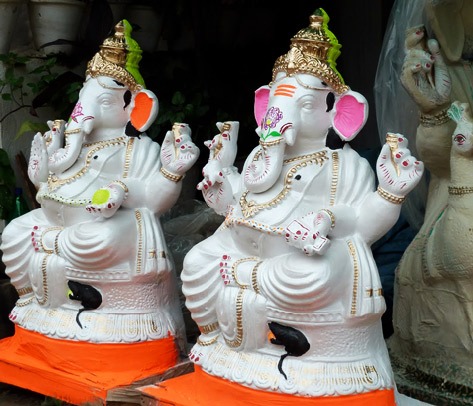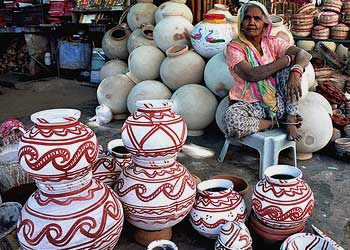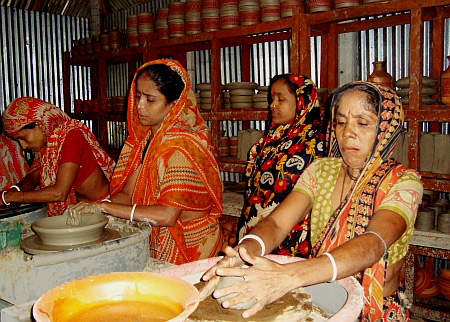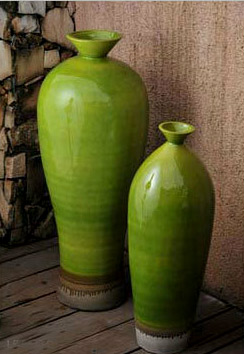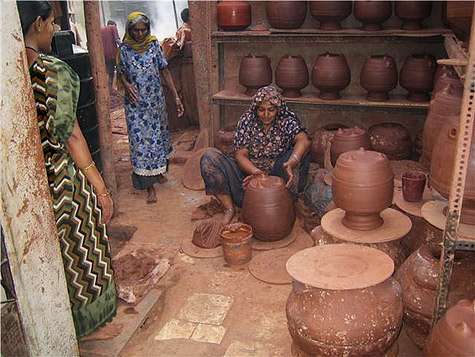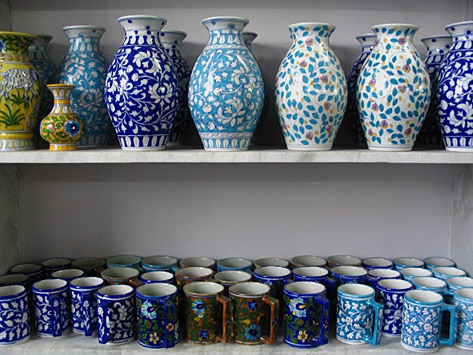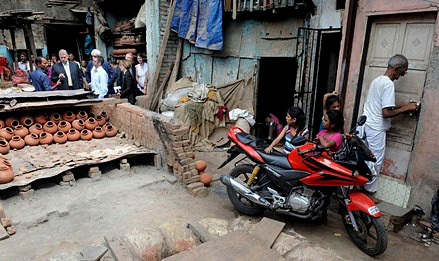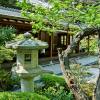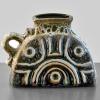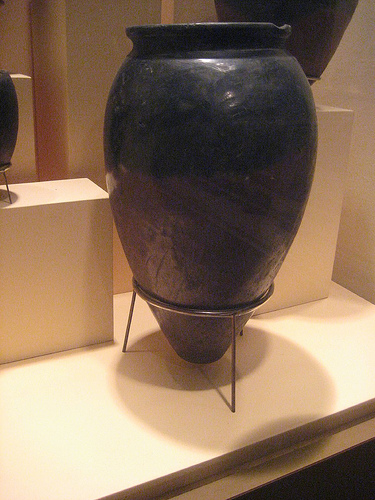 Egyptian Black Pot
Egyptian Black Pot
National Museum of Natural History
Wahington DC
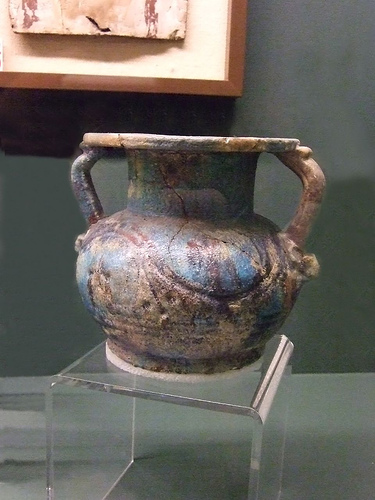
Glazed Faience Pottery Vessel Roman Period Egypt
Rosicrucian Egyptian Museum in San Jose, California.
History Of Egyptian Pottery : The ancient Egyptians were gifted artisans and pottery was an art where they excelled. Egypt in the pre dynastic period produced pottery of very high quality. Egypt made pottery before building the Pyramids. This is evident from the presence of older hieroglyphic writing with characters which have images of earthen vessels. Pictures of pottery vessels and small pieces of pottery have been found in tombs of the Fourth, Fifth, and Sixth Dynasties, contemporary with and after the building of the Great Pyramid. From 3000BC on their pottery was decorated with depictions of animals, humans, boats and various other patterns and symbols. Two main veins of pottery existed during this period, pottery from Nile clay ( red/brown after firing ) and pottery from marl clay ( usually polished to give a lustrous look )
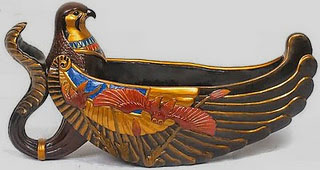
Horus falcon vessel
Ancient Egyptian pottery was originally made for functional reasons rather than for decorative purposes. The different forms of Egyptian pottery had a multitude of applications.. The amphora, in Egypt as in all ancient countries was the most common and most useful vase, and was made in all sizes, from the three-inch oil or perfume holder to the immense jar of three or four feet in height, for holding water, wine, oil, or grain. The reason the amphora vessels had a tapered end was so they could be pushed into the earth and stand on their own when used for storage. The pithos (so called by the Greeks), was an immense tub, cask, or vase of pottery, made in Egypt as in all the Oriental countries. It was used in the household cellar, where meats and provisions were stored. This was sometimes six feet in diameter, always made of coarse unglazed pottery. The later artistic Egyptian pottery was siliceous, ( between earthenware and porcelain ), possessing a fine grain and being able to resist high temperatures. It was generally covered with a thin glaze, colored blue or green by oxides of copper. As Egyptian pottery became more decorated it also became an expression of religious sentiment and an expression of revered symbols.
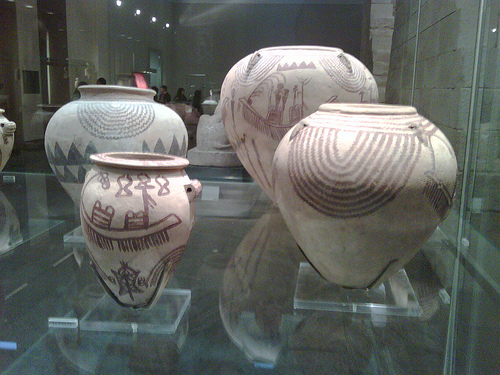
Enameled pottery of Egypt : The art of covering pottery with enamel was invented by the Egyptians at a very early date. Steatite (or soapstone, as some varieties are called) is easily worked, and bears great heat without cracking. From this material the Egyptians carved small pieces–vases, amulets, images of deities, animals and other objects–and covered them with green, blue, and occasionally red, yellow, and white enamel, which when baked became brilliant and enduring. Objects in enamelled steatite were known from the very early periods. A small cylinder from the Trumbull-Prime collection, obtained at Thebes bears the cartouche of a king, Amunmhe III., of the Twelfth Dynasty, whose date is placed at about 2000 B.C. The enamel is pale-green, almost white, except in the engraved lines, where, being thicker, it shows more color.
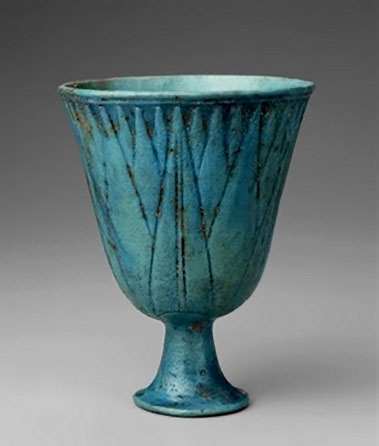
Ancient Egyptian Lotus Chalice 1479 -1353 BCE
( Museum of Fine Arts Boston )
The beauty of the enamel on these pottery objects has been the envy of potters in modern times. The blue has never been surpassed, if, indeed, it has ever been equaled. Objects three thousand years old retain the splendor of their original color; and this leads to the inference that the variety of the shades of blue found on them is not the result of time, but the original intent of the makers. These shades vary from the most intense bleu-de-roi and pure turquoise to pale-blue tints approaching white. The color is usually remarkably uniform on the object. Several of the rare colors of old Chinese porcelain are thus found in ancient Egyptian enamels. The same enamel was occasionally applied to soft pottery. The Egyptians were the first to employ the potters wheel ( hand turned ) and some believe they were the first to implement glazing. They are also credited with being the first to use crockery ware ( 1500 BC ) .
Covering pottery with enamel was invented by the Egyptians at a very early date. Steatite (or soapstone, as some varieties are called) is easily worked, and bears great heat without cracking. Many small carved objects were covered with green, blue, and occasionally red, yellow, and white enamel, which when baked became brilliant and enduring.
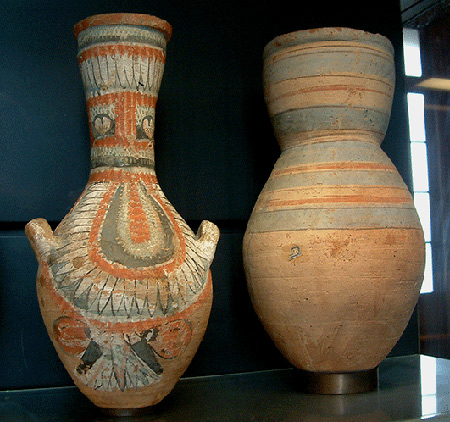
Hand painted Egyptian pottery
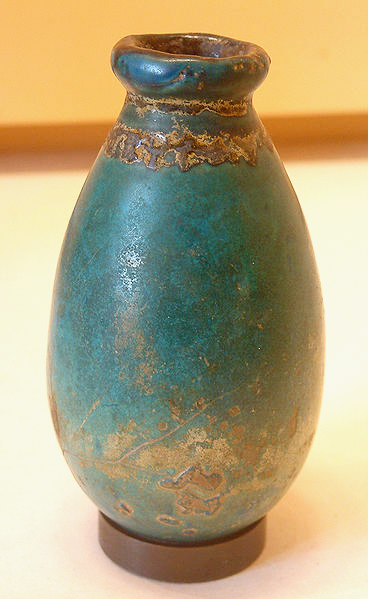
- Ancient Egyptian faience – Louvre, Paris
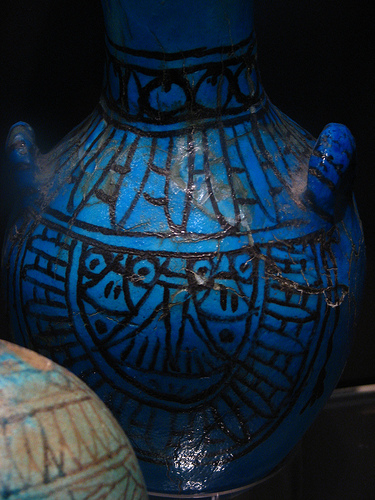
Egyptian cobalt blue glaze vessel , Louvre
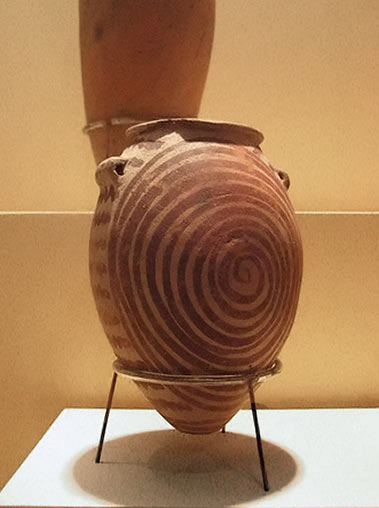
Egyptian pot with spiral motif
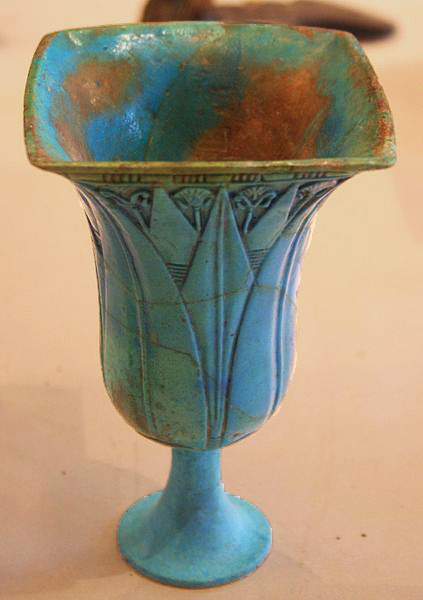
Egyptian Lotus Chalice (siliceous faience)
22nd Dynasty, 945-715 BC Louvre
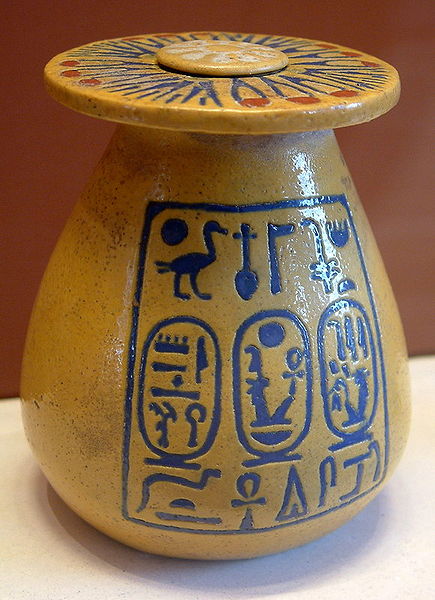
The vase reads, center line, then left, then right, top to bottom: center :
The good god, Nebmaatre, given life; left: the son of Re, Amenhotep, Ruler of (Wast-Uast)(Thebes), eternally; right: the king’s great wife, Tiye
( Louvre Paris )
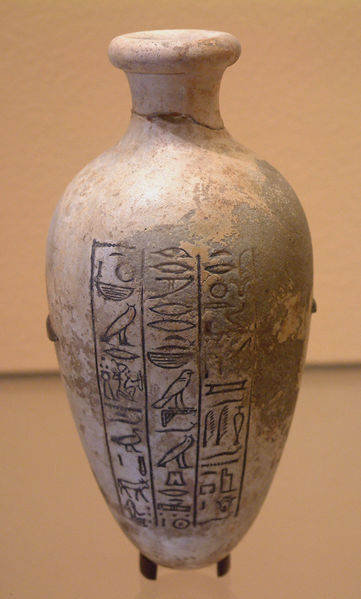
Egyptian pottery with hieroglyphs
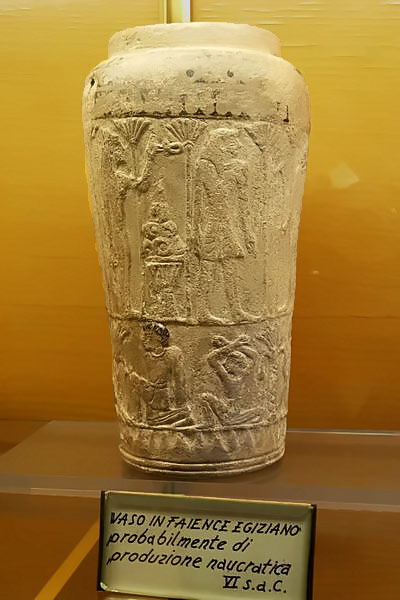
Raised relief decoration faience pottery, Egypt

Neolithic Egyptian pottery bird
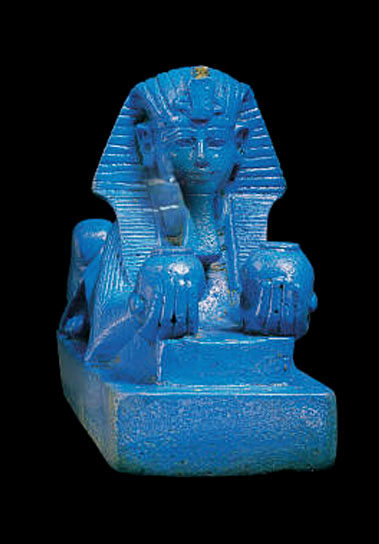
The sovereign’s sphinx Amenothep III bidder to the gods
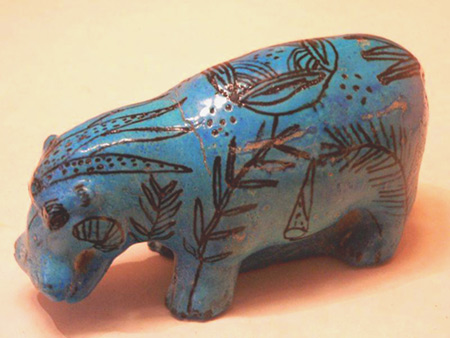
Faience hippopotamus, Middle Kingdom, Dynasty 11-12
In ancient Egypt blue (irtyu) was the colour of the heavens and hence represented the universe.
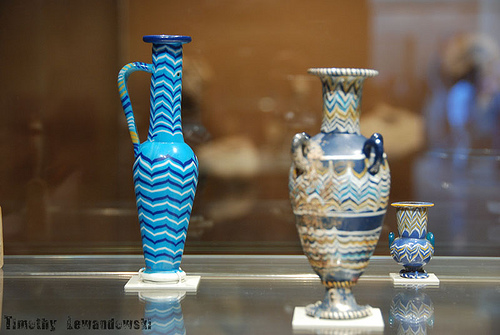
Egyptian pitchers with geometric decoration
Louvre, Paris

Woman with child. Terracotta phial, New Kingdom (16th-11th BCE), Egypt.
Musée du Louvre
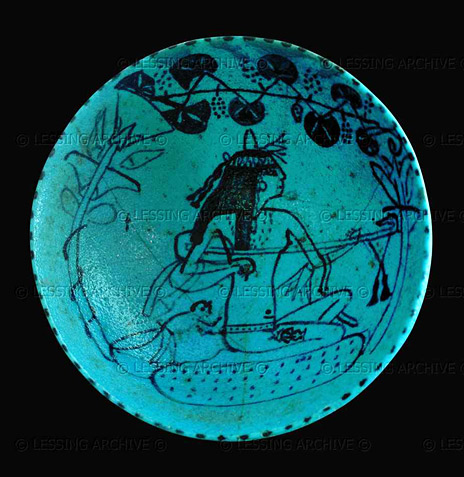
Musician. Blue faience glaze bowl (about 1300 BCE), 19th Dynasty, New Kingdom, Egypt.
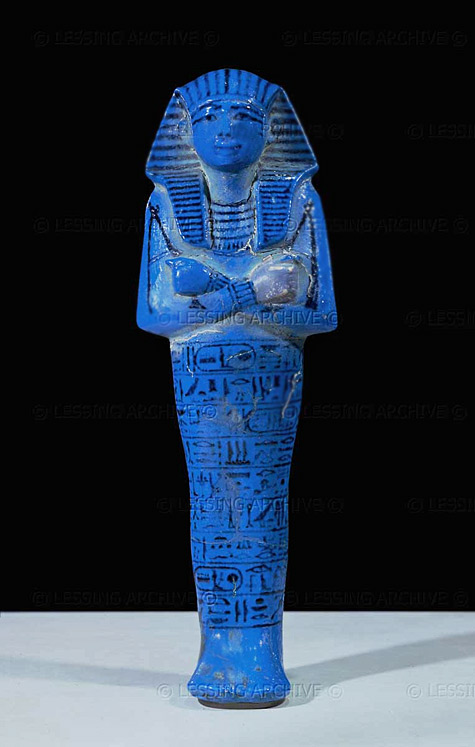
Ushebti figure (servant of the defunct) of Pharaoh Seti I (1301-1290 BCE).19th dynasty. Blue faience. N 472
Louvre, Departement des Antiquites Egyptiennes, Paris, France
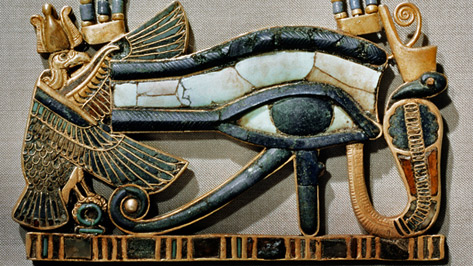
Ouadjet eye, the Sacred Eye of Horus
Cairo Egyptian Museum
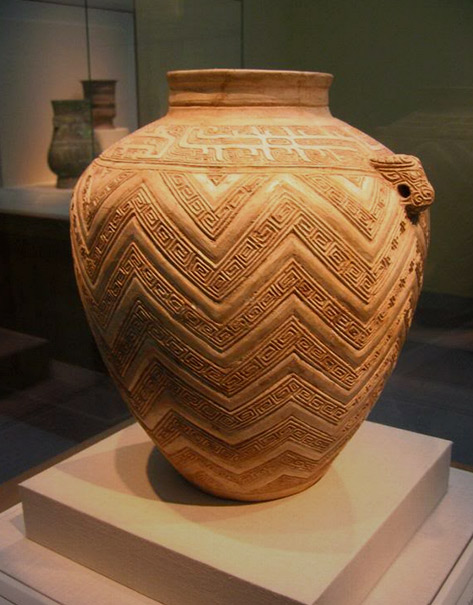
Egyptian pot with a carved repetitive geometrical surface.
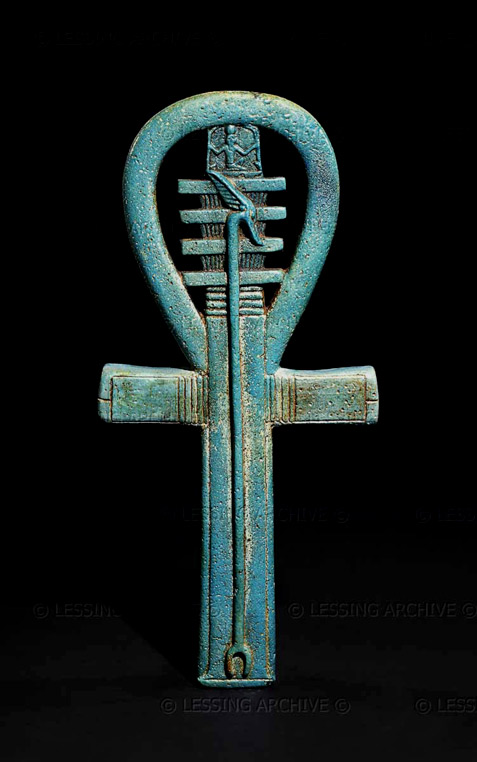
Faience amulet in the shape of an ankh, 25th dynasty to Late Period, about 700-500 BCE.
It represents a wish, probably for the king, of ” life, power and stability for millions of years “.
The amulet was acquired by Lord Kitchener in the Sudan, probably at Gebel Barkal and originated in a temple.
( lessing Archive )
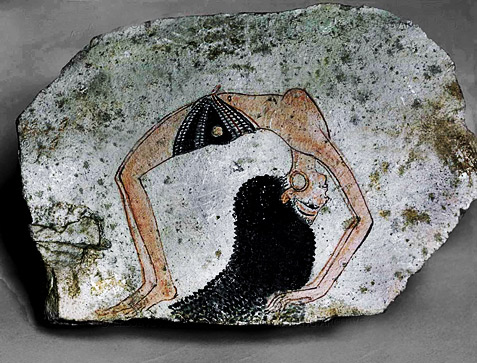
Egyptian Yoga ? wall relief fragment ( Lessing Archive )
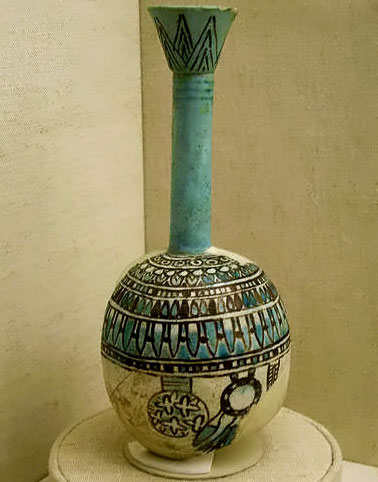
An Egyptian long necked vessel, found at Abydos and dates from the New Kingdom period, ca. 1570 – 1070 BCE.
The ancient Egyptian potters were adept at using different colors of Egyptian paste to create patterns of color on the fired ware.
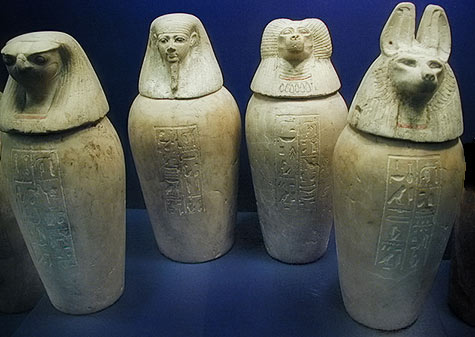
Ceramic Canopic Jars
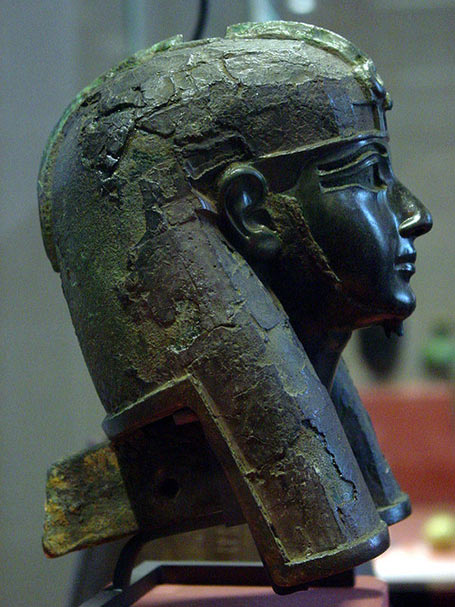
Egyptian Bronze Head – Louvre, Paris
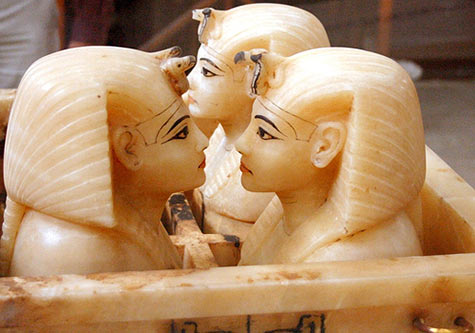
King Tut Canopic Shrine
Museum of Antiquities in Cairo, Egypt
( Hans Ollermann – Flickr )
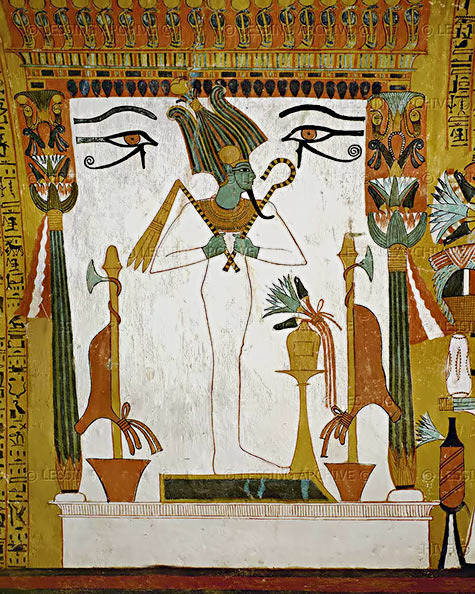
Osiris wall painting in the vaulted tomb of Sennedjem , Luxor, Egypt
( Lessing Photo Archive )
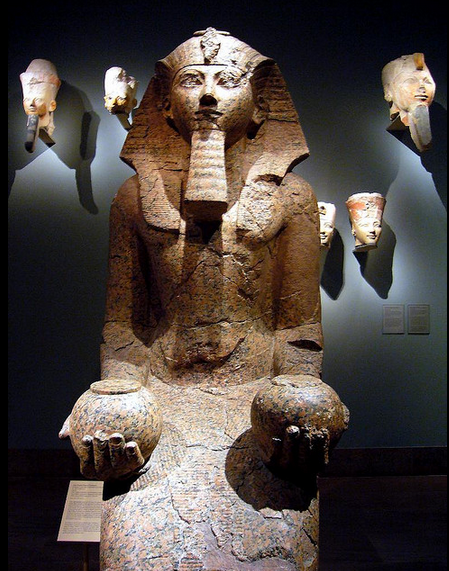
Dynasty 18, joint reign of Hatshepsut and Thutmose III – (ca. 1473-1458 B.C.)
From Thebes, originally from Hatshepsut’s temple at Deir el-Bahri
According to the inscription on the base, “Maatkare” (Hatshepsut) is represented here as “the one who gives Maat to Amun”. Maat was the goddess of order, balance and justice. When a pharaoh offered an image of Maat to another deity, it was a reaffirmation that honor was the guiding principle of his/her rule.
The Met, New York
( ggnyc – flickr )
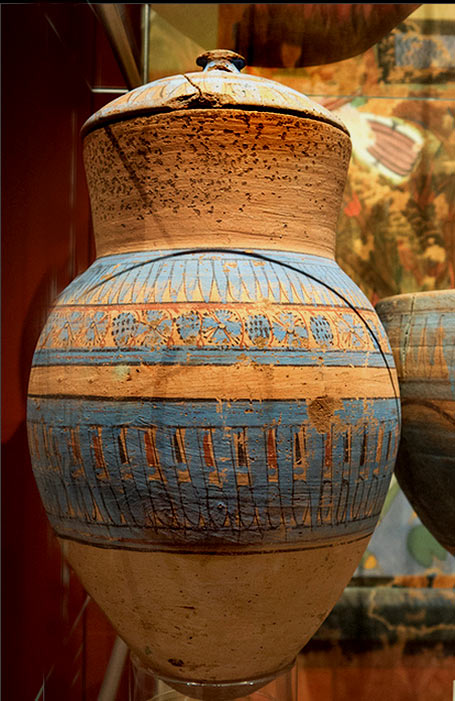
Blue painted terracotta jar decorated with flowers and grapes, and a jar lid. – Tell el-Amarna.
Ashmolean Museum, Oxford
Flickriver–Su55
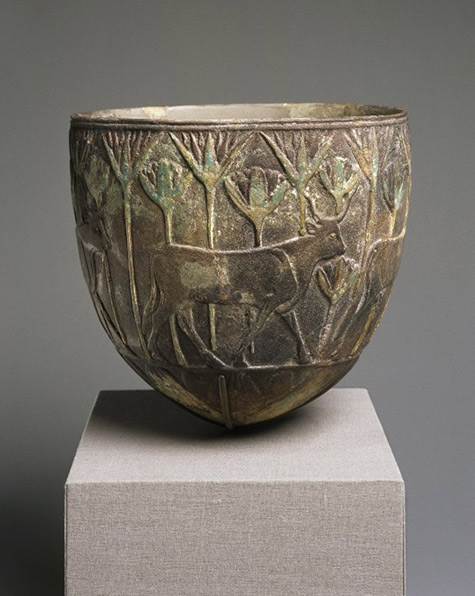
Faience Vessel with procession of four bulls and lotus flowers.
( Brooklyn Museum )
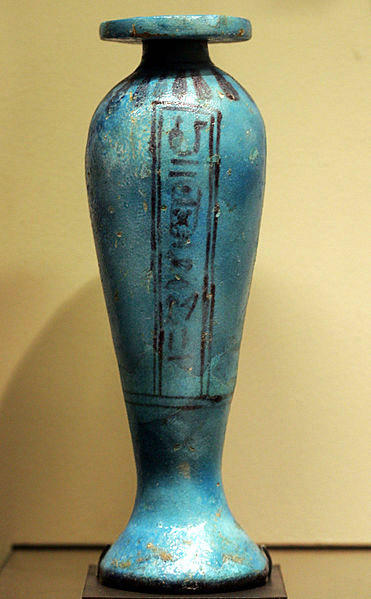
Egyptian Libation vase bearing the name of Thutmose IV.
( Brooklyn Museum )
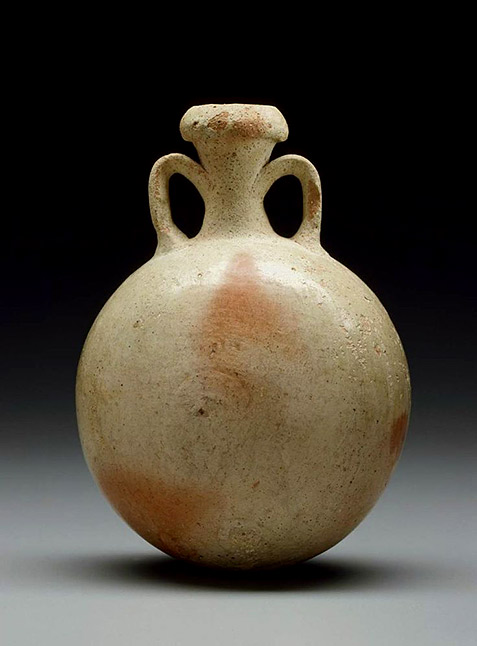
Pilgrim flask – Egyptian New Kingdom Period 1570-1070 BC
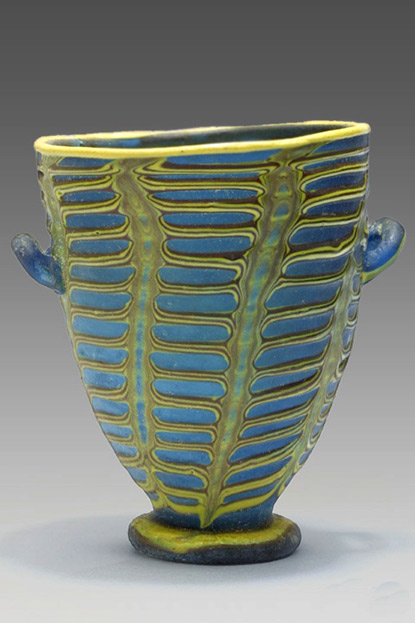
Polychrome glass cup, New Kingdom, Dynasty 18. 1370–1335 BCE. Egypt, El-Amarna
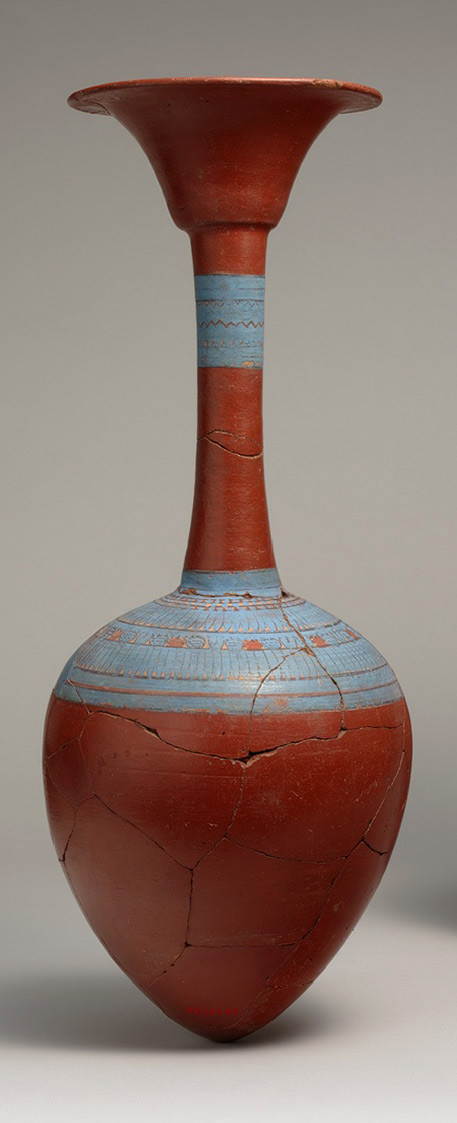
Water bottle from Tutankhamun’s embalming cache, New Kingdom, Dynasty 18, reign of Tutankhamun, ca. 1336–1327 B.C
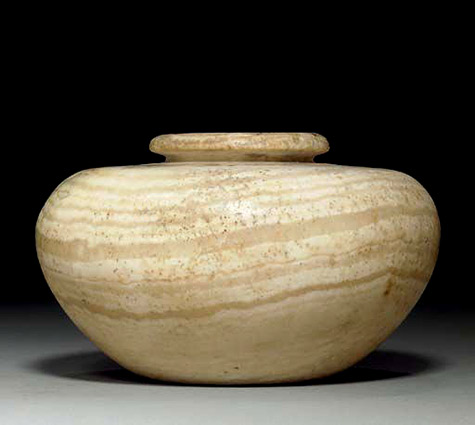
Egyptian alabaster jar
( EARLY DYNASTIC PERIOD, DYNASTY I-III, 2920-2575 BC )
Update 13/5/2014
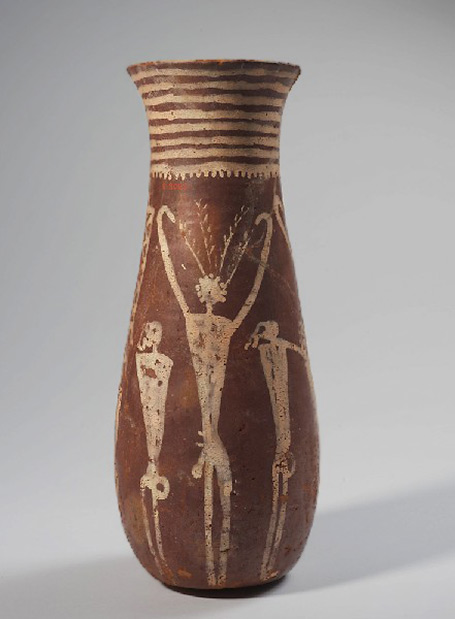 Jar with male figures Probably late Naqada I – early Naqada II (ca. 3700–3450 BC) Provenance: unknown; purchased in Luxor by Jean Capart, 1909
Jar with male figures Probably late Naqada I – early Naqada II (ca. 3700–3450 BC) Provenance: unknown; purchased in Luxor by Jean Capart, 1909
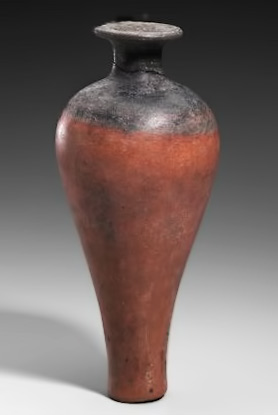
Ritual vessel (hes-jar) Egyptian, Early Dynastic Period to Old Kingdom,-Dynasty-1–,-2960–2465-B.C
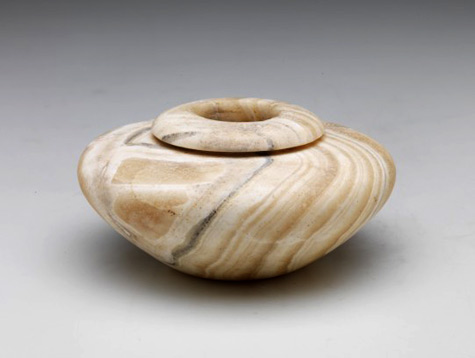
Egyptian, Early Dynastic (Egyptian); Dynasty 2, Squat-jar, 2770-2152-BC
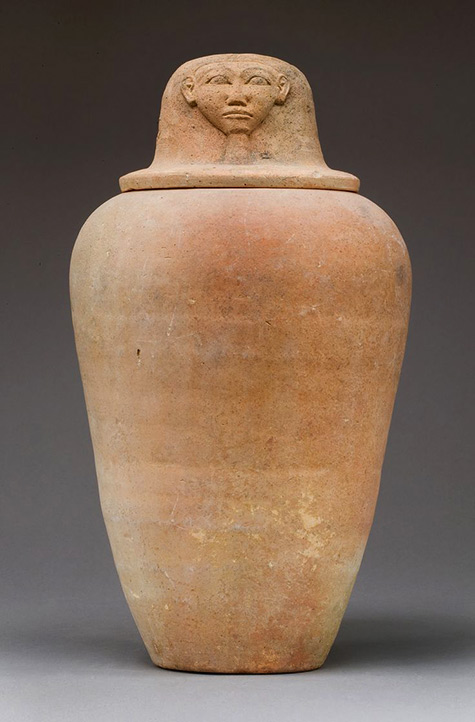 Canopic Jar with an Image Representing the Hieroglyph for Face Period New Kingdom Dynasty-18
Canopic Jar with an Image Representing the Hieroglyph for Face Period New Kingdom Dynasty-18
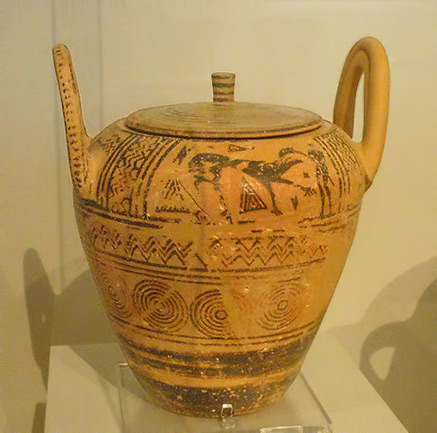
Boeotian Late Geometric pyxis with depiction of a lion-fighter
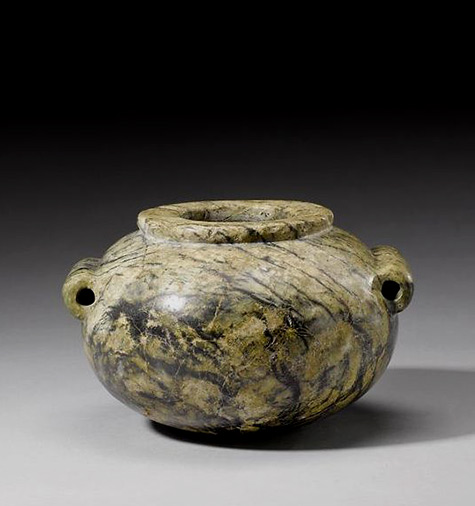
An Egyptian veined serpentine vessel. Predynastic—Early Dynastic Period,-circa-3200-3000-B.C
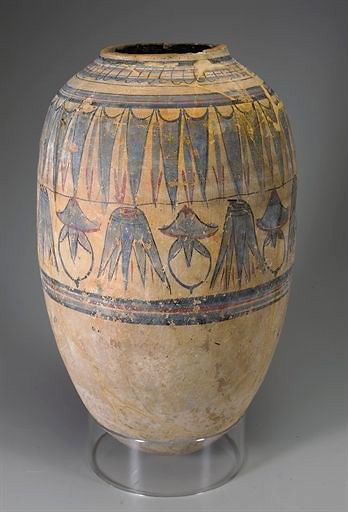
Egyptian painted pottery jar. NewKingdom-1391-1307-BC
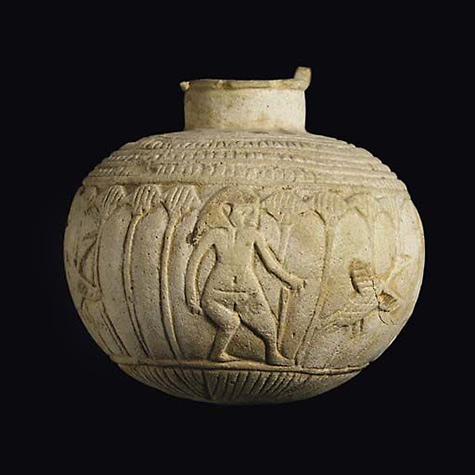
Egyptian Memphis Situla with raised relief decoration – DYNASTY XXV XXVI
Circa-6TH-7TH-century-BC
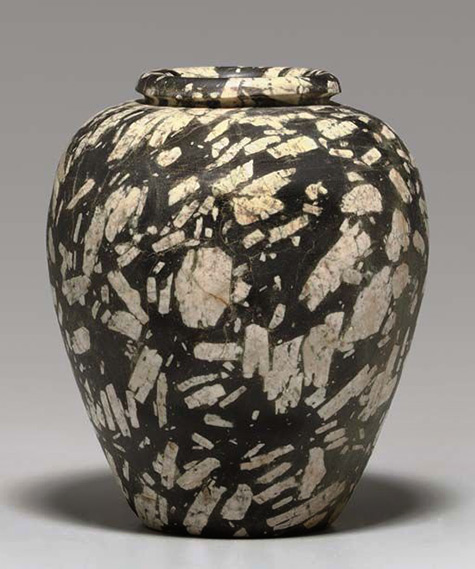
Egyptian Andesite Porphry Jar – 2920-2649-B.C
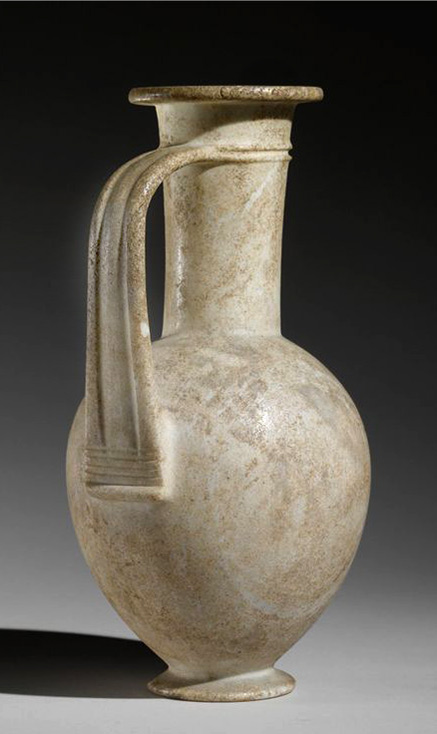
Calcite Jug 18th Dynasty,-reign of Tuthmosis III – Amenhotep III
1479-1353 BC
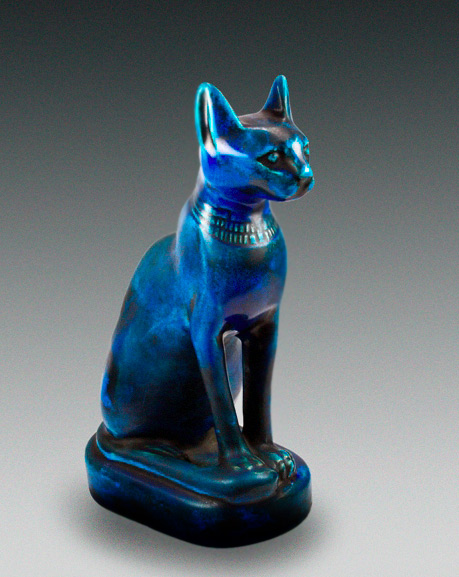
Egyptian Blue Faience Cat – 26th Dynasty
Sadigh Gallery
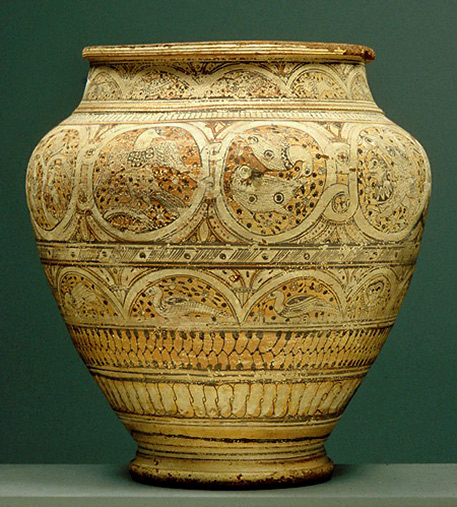
Vase, Coptic period-7th century. Egypt
Height 19 inches
The differences between the quality of ceramics owned by the rich and the poor were significant. Pottery found in the environs of the palaces at Amarna and Malqata and therefore sometimes referred to as “palace ware”, was more often than not elaborately decorated or made of beautifully polished marl looking a bit like alabaster, while the crockery in the near-by villages was mostly red earthenware made of Nile mud.
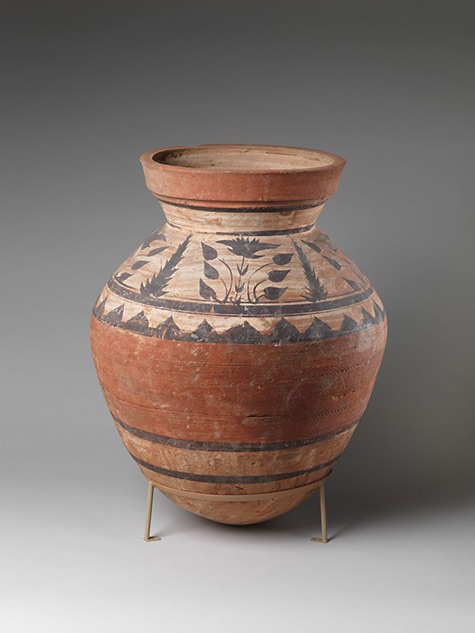
Large storage jar with floral decoration Period: Ptolemaic Period Date: late 3rd–2nd century B.C.
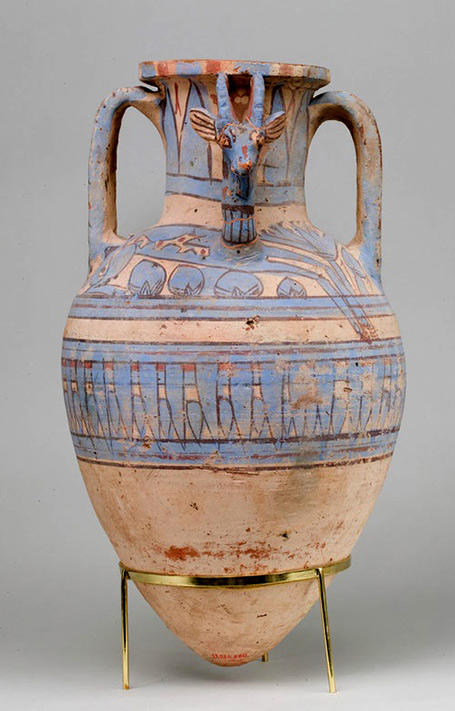
Blue-Painted Ibex Amphora from Malqata. Ca. 1390–1353 B.C., Egypt, Upper Egypt; Thebes, Malqata.
This vase is in excellent condition and was found during the excavations of the palace of Amenhotep III
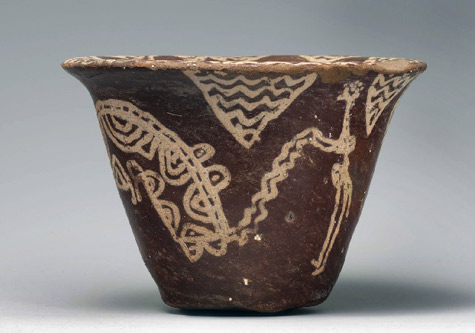
Egyptian bowl with a scene of a man hunting a hippopotamis
Late Naqada-I–-early Naqada-II
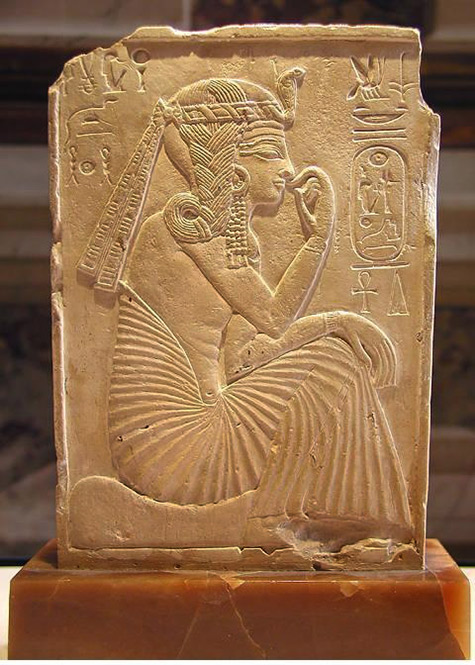
Carved relief based on the sidelock of youth which was protective in nature, inspired by the young god Horus’ hairstyle. It involved shaving the head, leaving only a single, plaited lock, sometimes shaped like a S, hanging down on the side of the head which had sacred amulets attached to it.
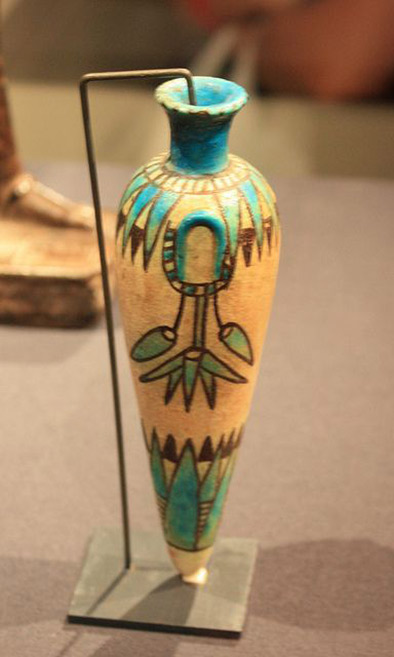
Small perfume vase Egypt. Blue and black petals are arranged like a collar around the neck of this white faience vase.
New Kingdom, late Dynasty 18, ca. 1350-1309 BC
peterjr1961 on Flickr (cc)
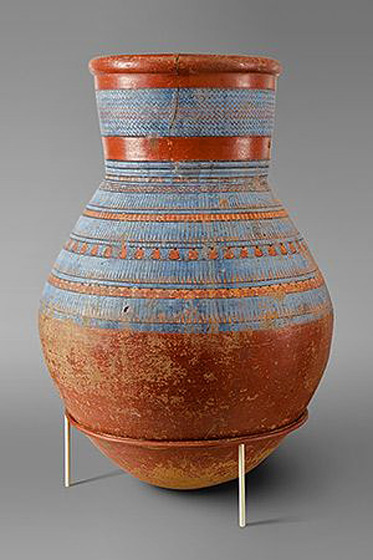
Egyptian pot with finely incised surface decoration from reign of Amenhotep IV Akhenaten
ca.-1353–1336-B.C
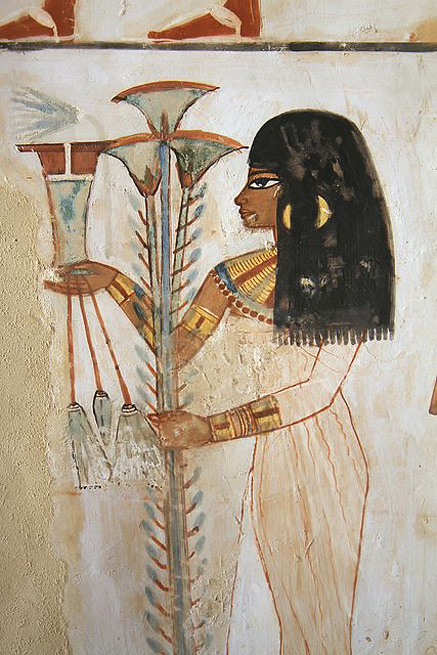
Wall relief art of Egyptian woman at the Tomb of Menna, Luxor, Egypt
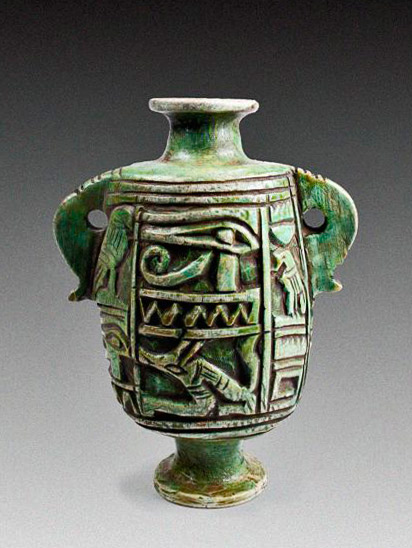
Egyptian limestone cosmetic jar -raised relief of Horus Eye and the Sha with square-tipped ears and stiff tail.
Late kingdom, 18th Dynasty
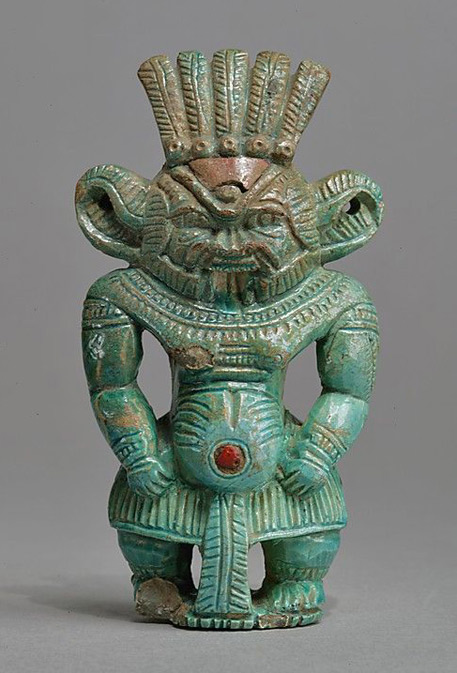
Bes (cat) figure, hand carved surface decoration
New Kingdom Dynasty- Dynasty 18 – ca. 1550–1295 B.C.
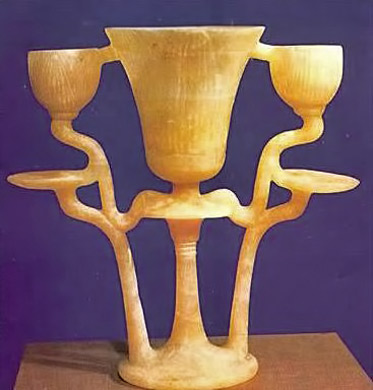
Triple carved oil lamp from a single piece of alabaster. It represents lotus flowers growing from a pond
Egypt, New Kingdom.
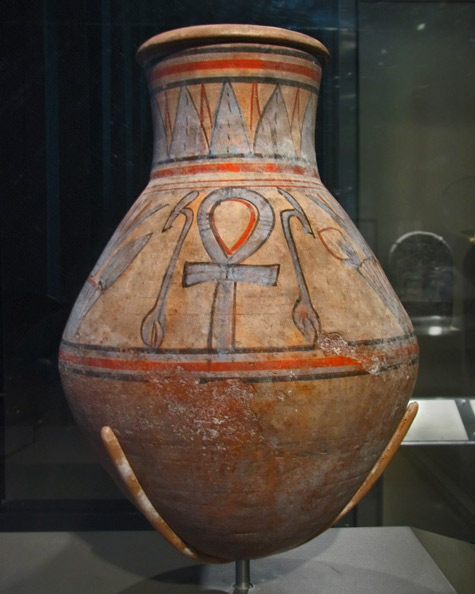
Jar from Egypt with Was-scepters and Ankhs
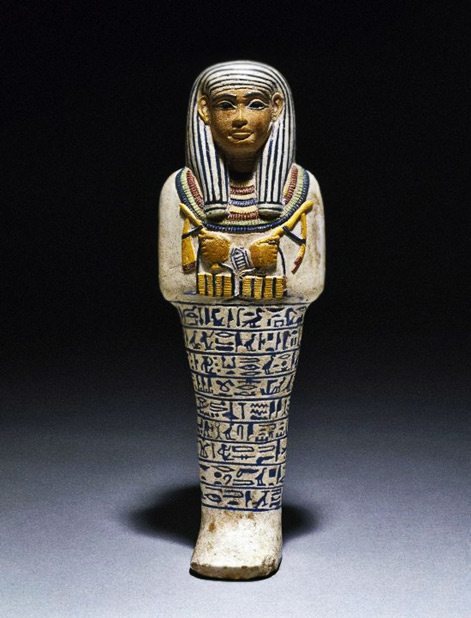
Shawabti of the Lady of the House – Sati Medium
ca. 1390-1352 B.C.E.
Brooklyn Museum
…
More ancient Egyptian art HERE ( veniceclayartists post )
…
–
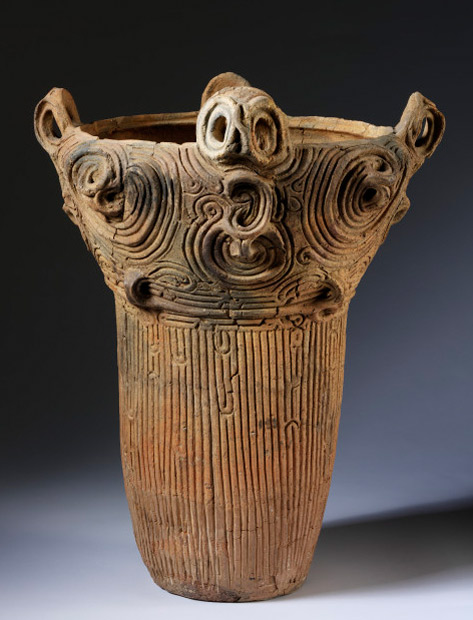 Kanto, Japan 3500 BC-2500 BC ( Met Museum )
Kanto, Japan 3500 BC-2500 BC ( Met Museum )
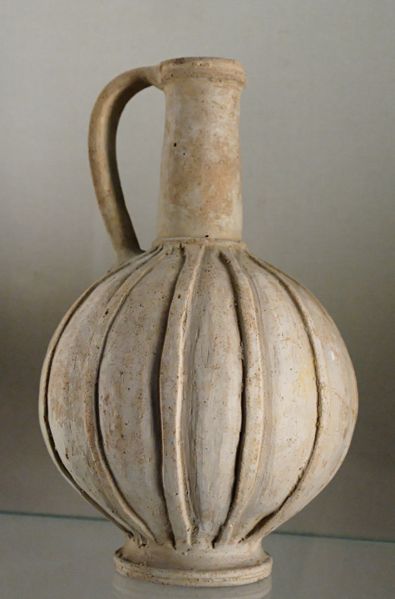
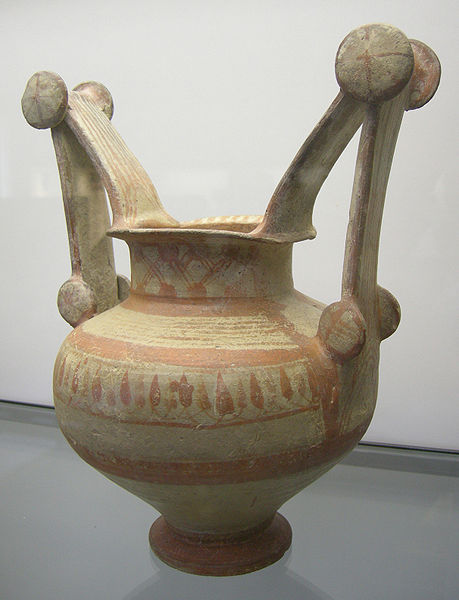
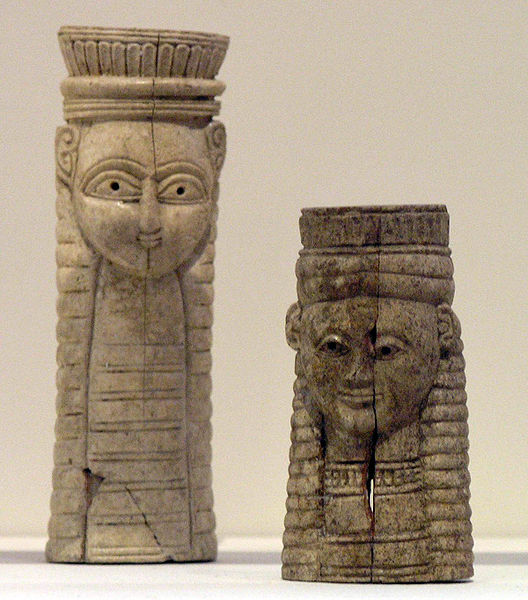
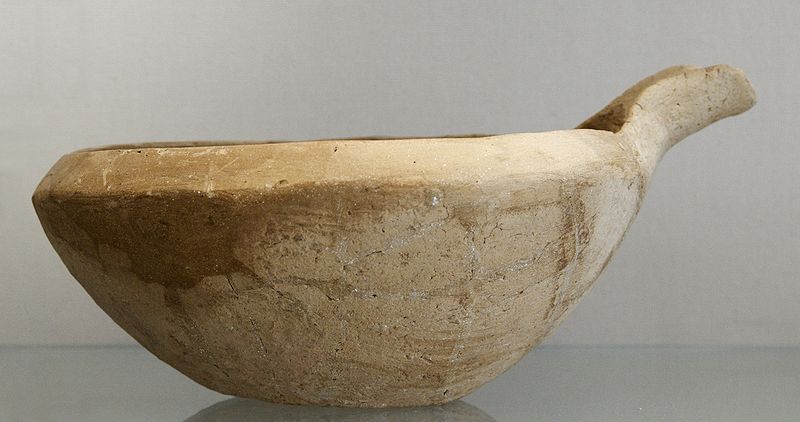
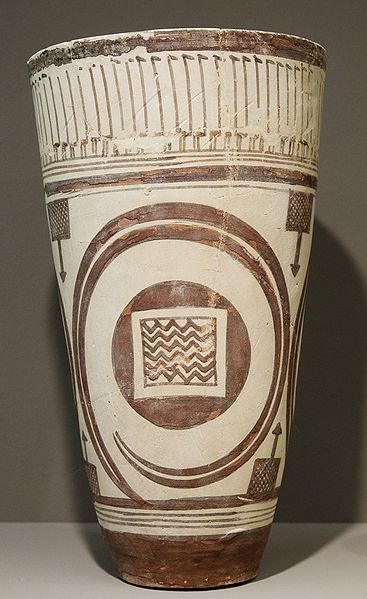
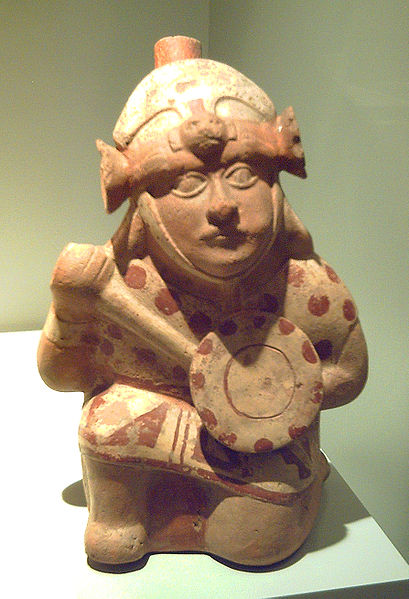
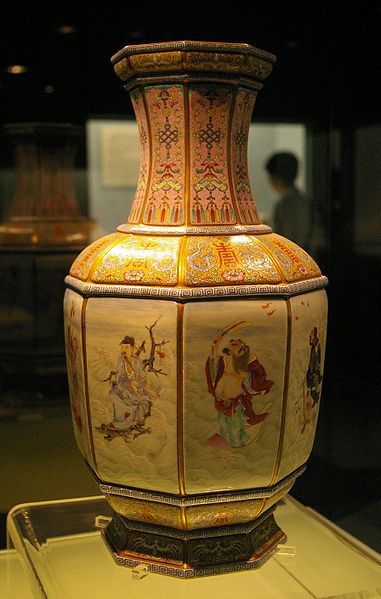
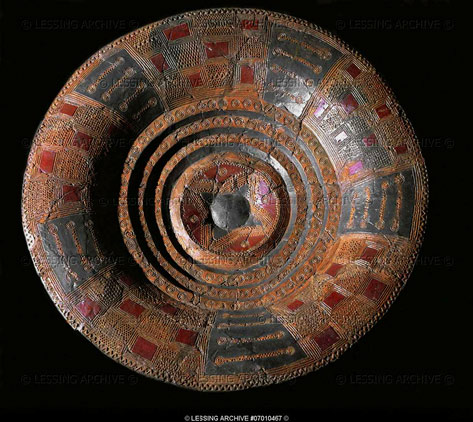
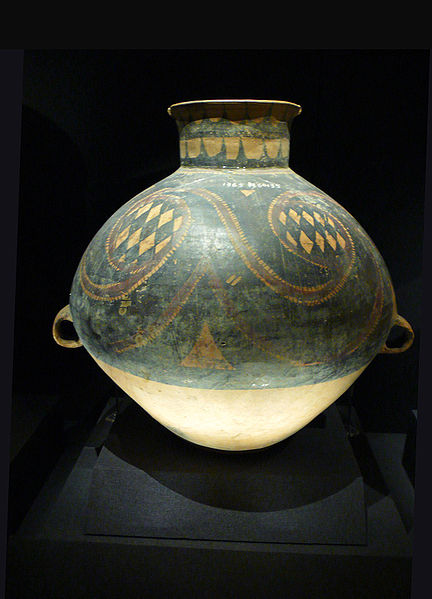
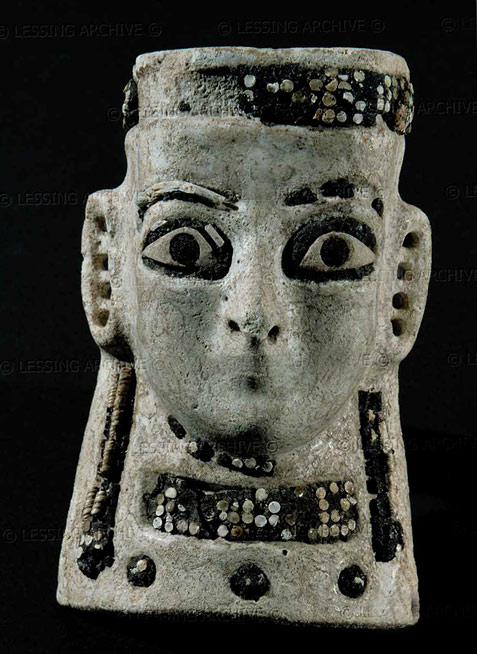
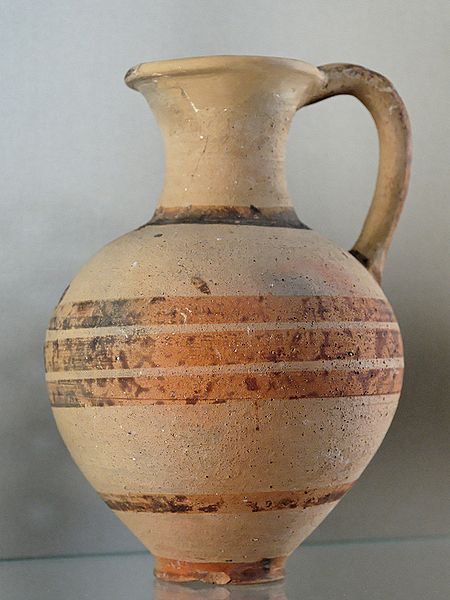
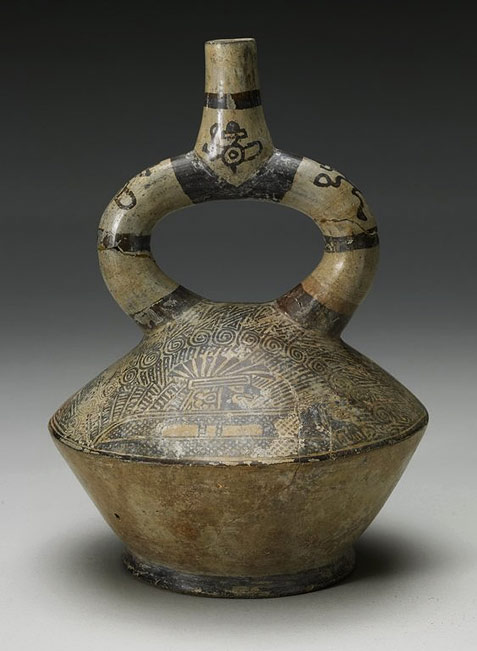
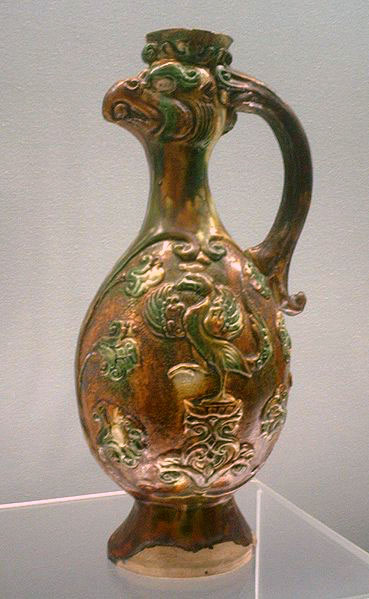
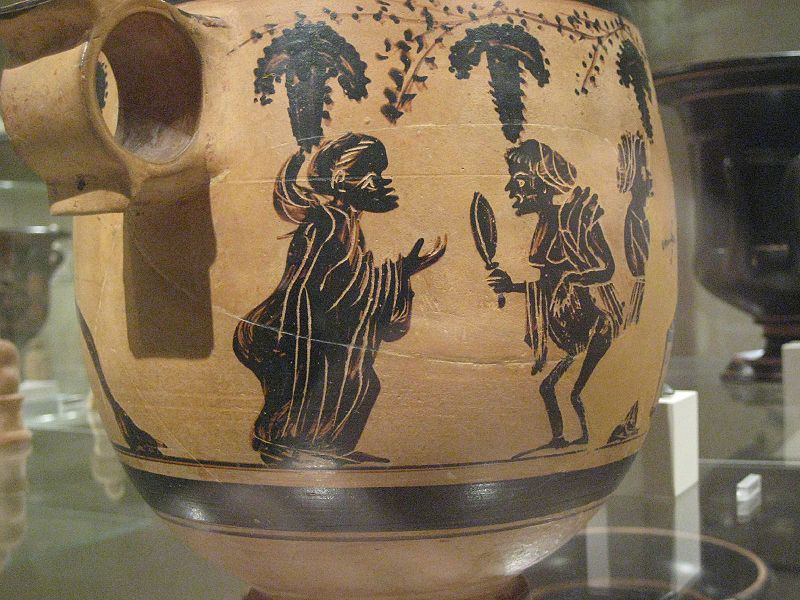
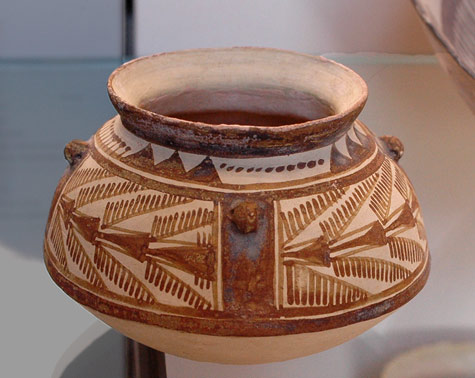
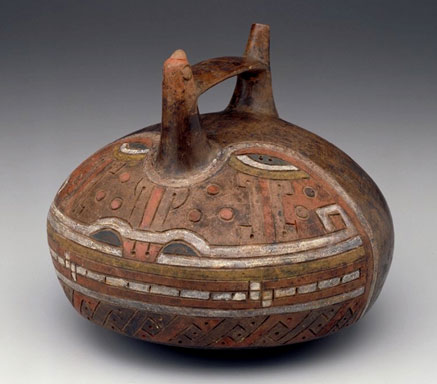
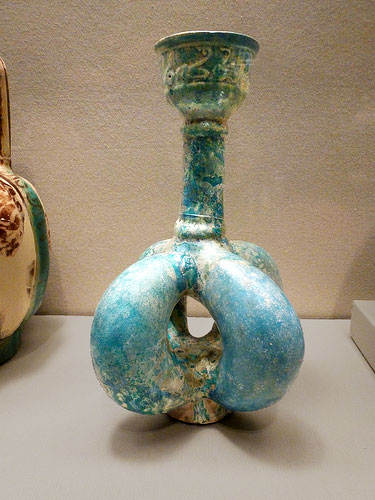
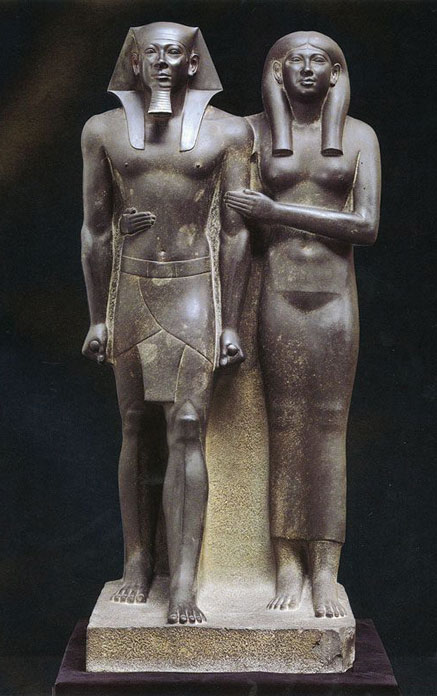
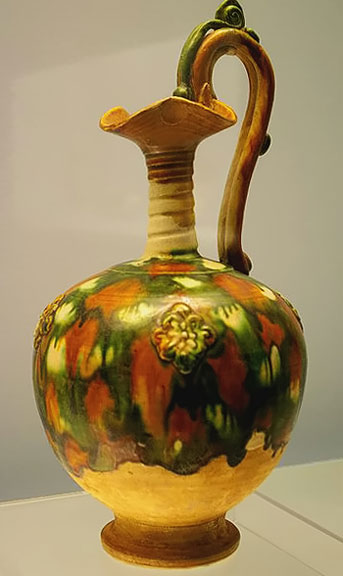
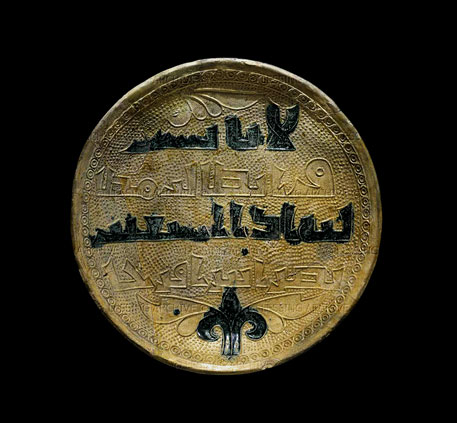
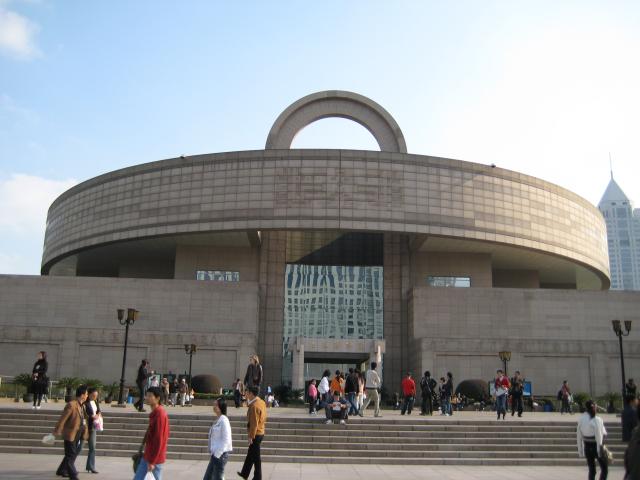
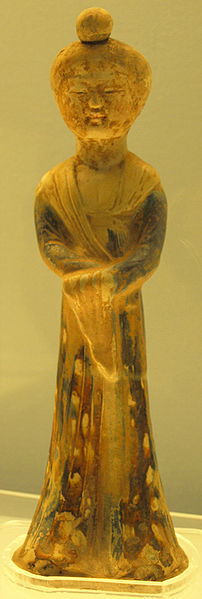
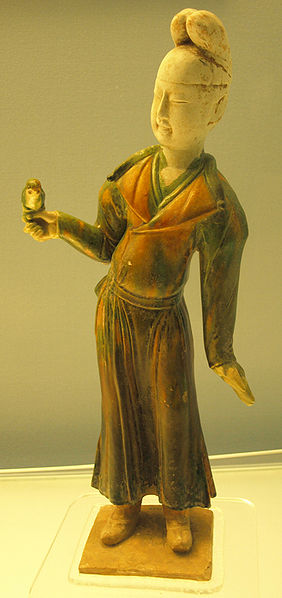
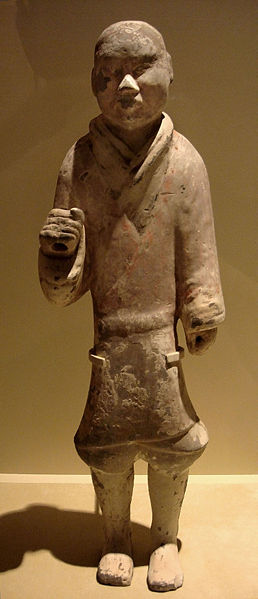
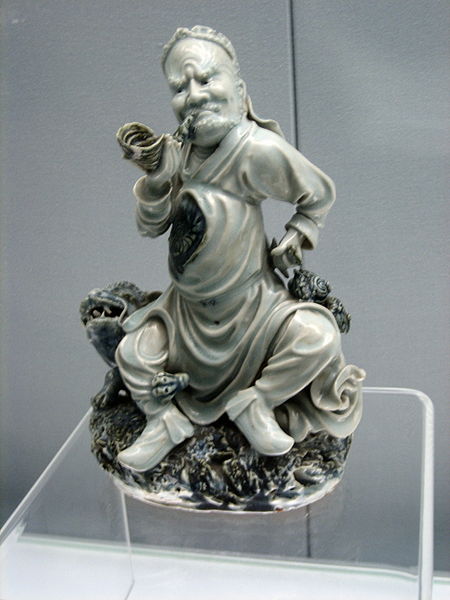
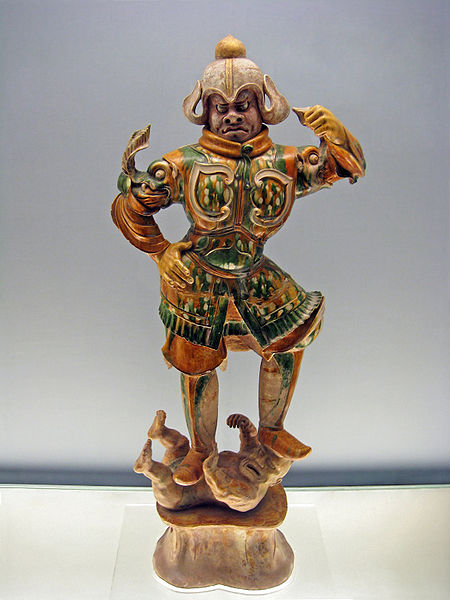
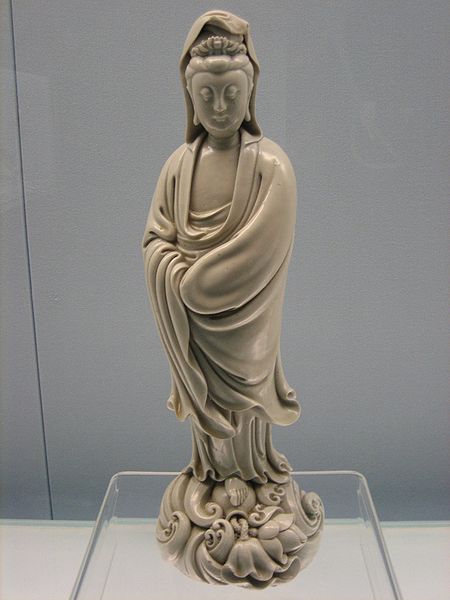
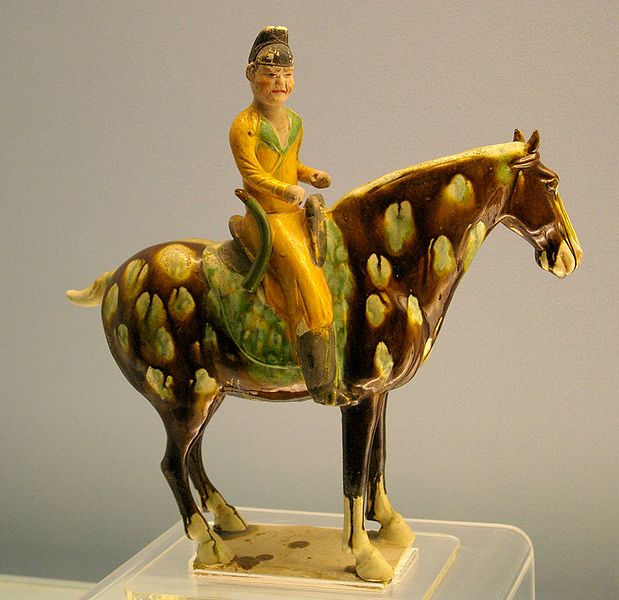
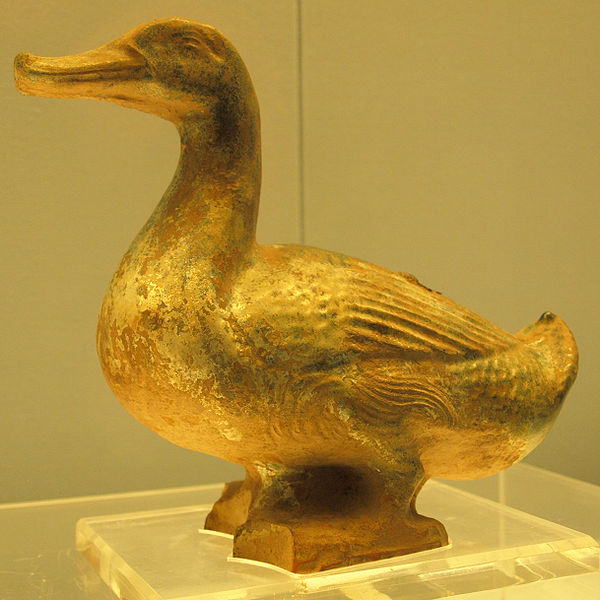
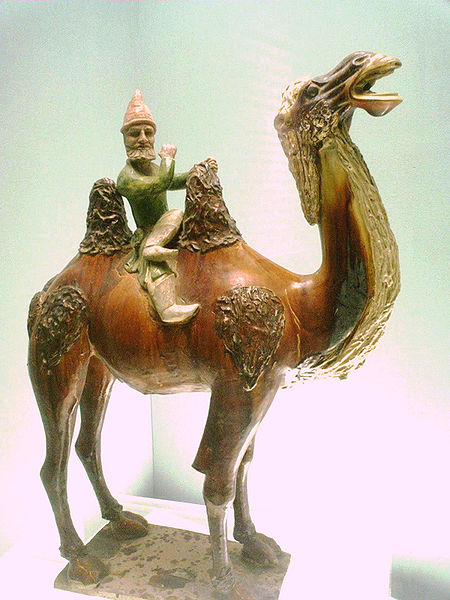
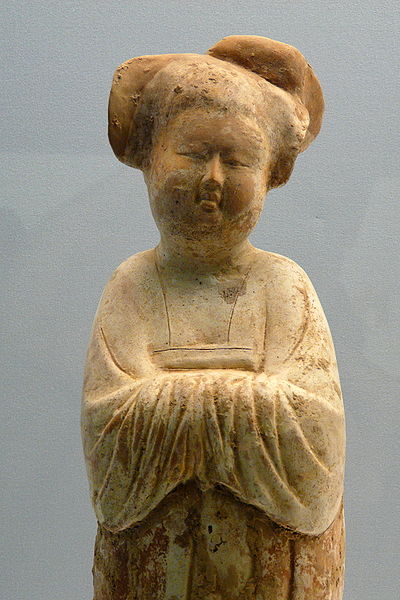
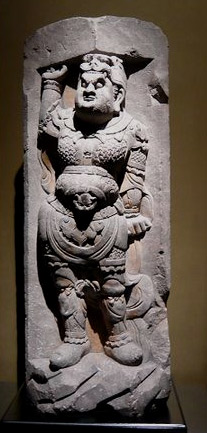
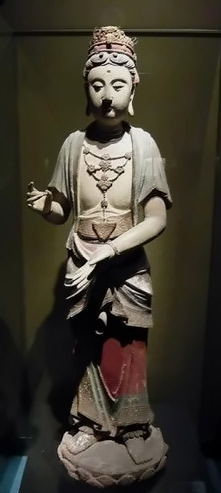
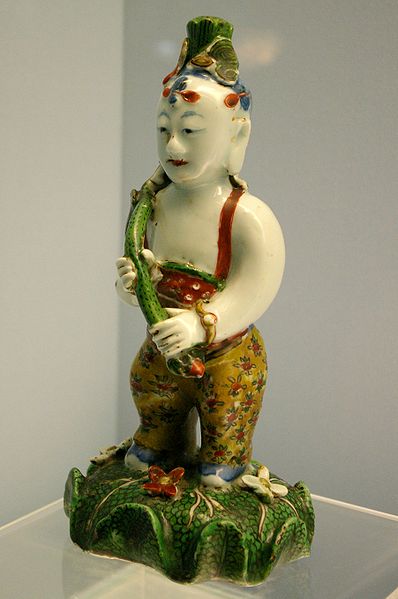

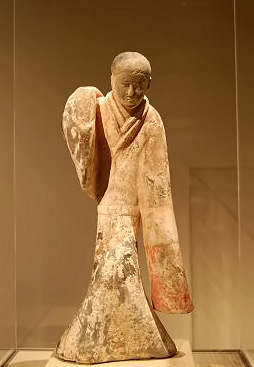
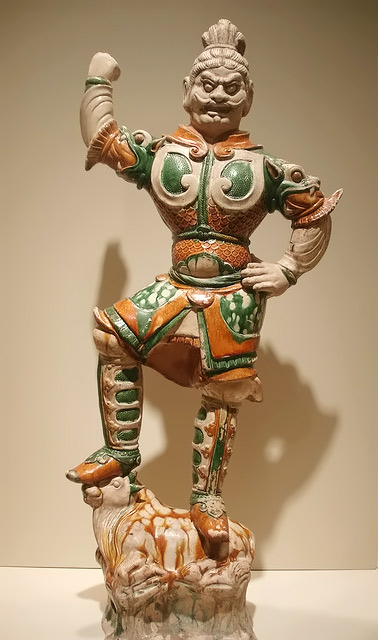
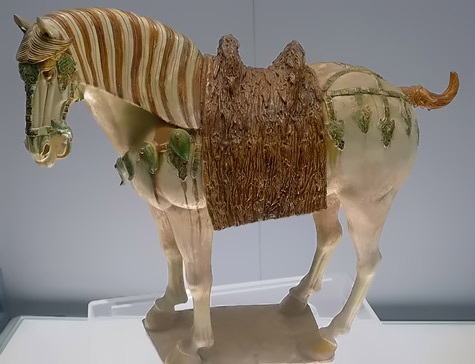
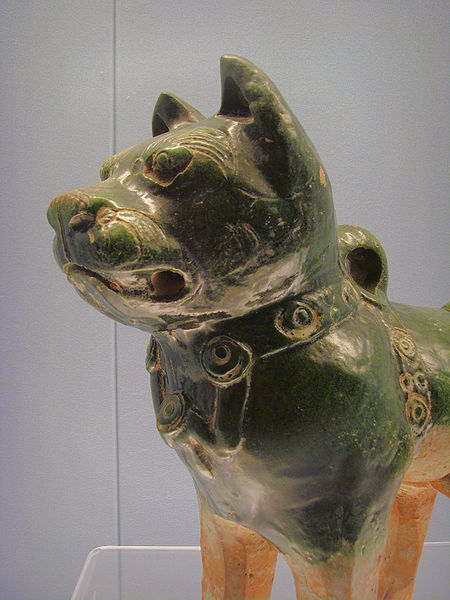

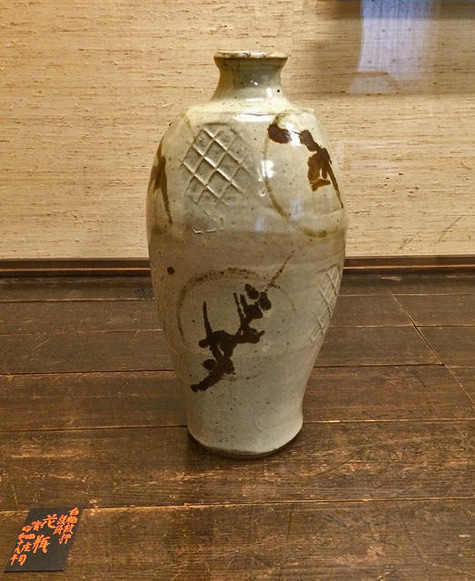
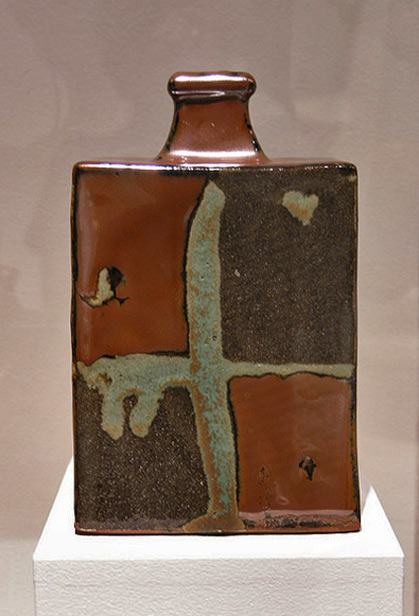
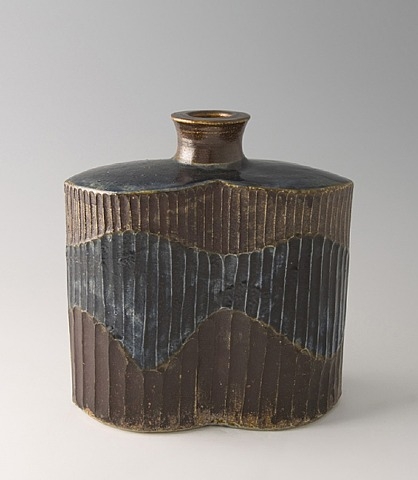


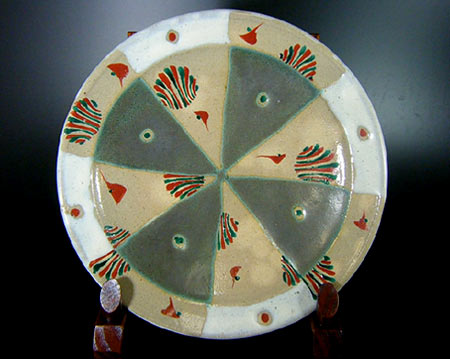
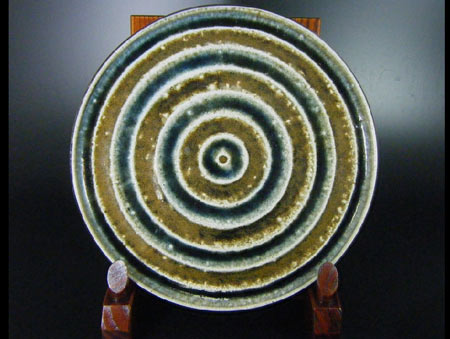
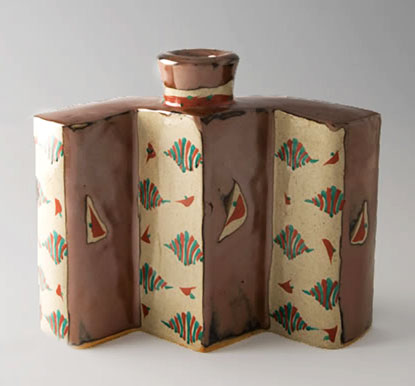

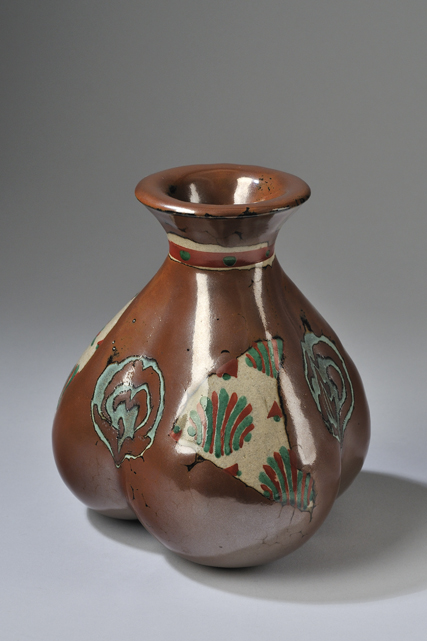
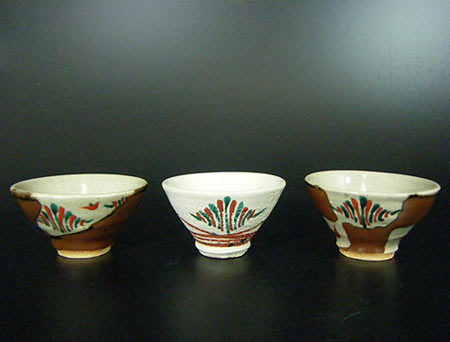

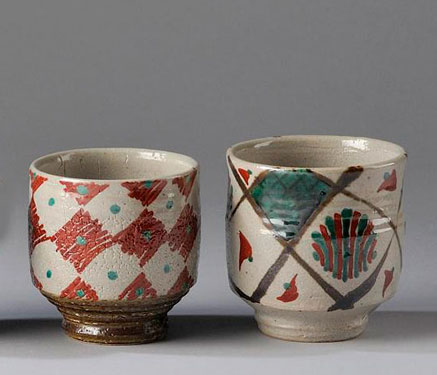
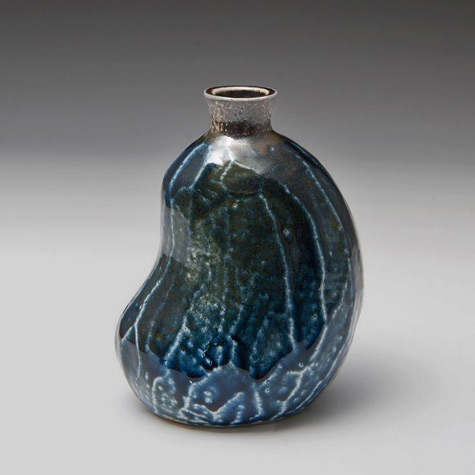
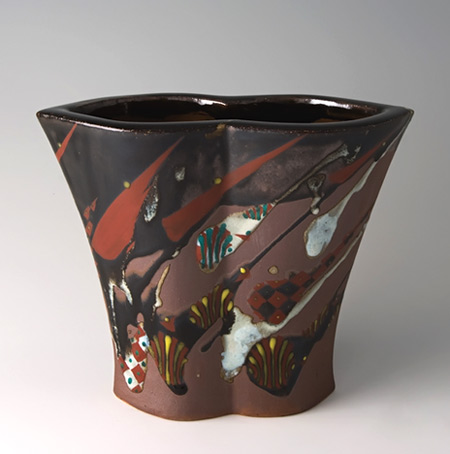
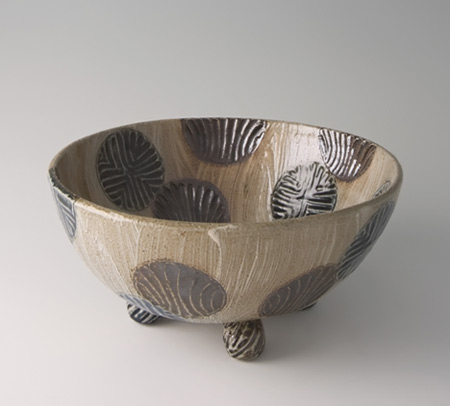
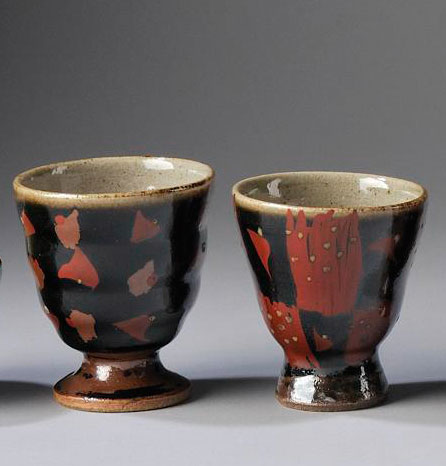
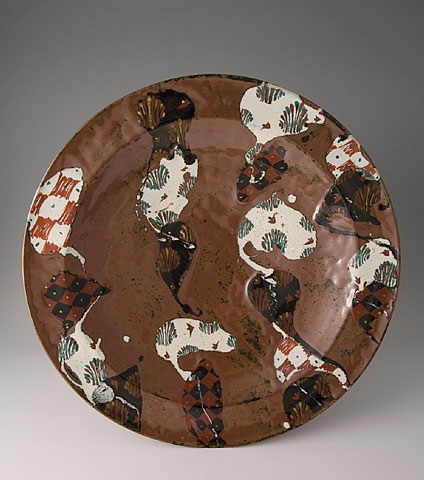
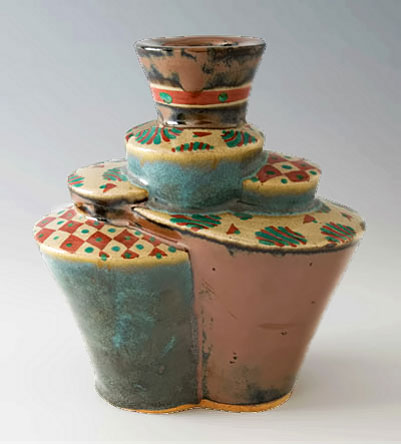
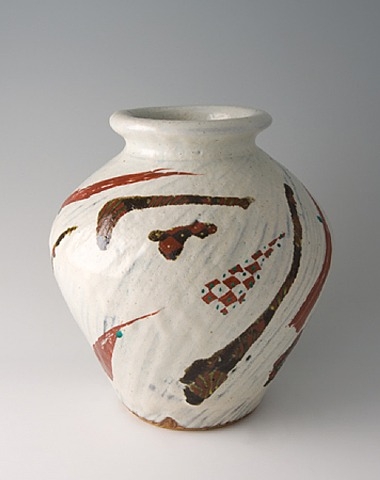
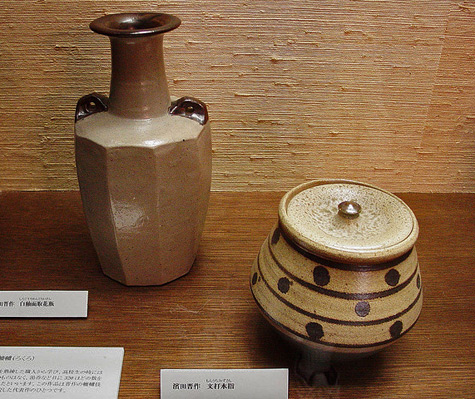
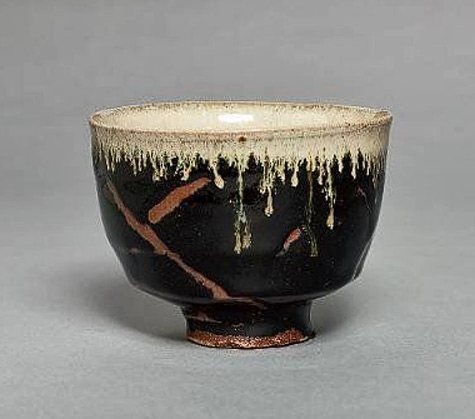
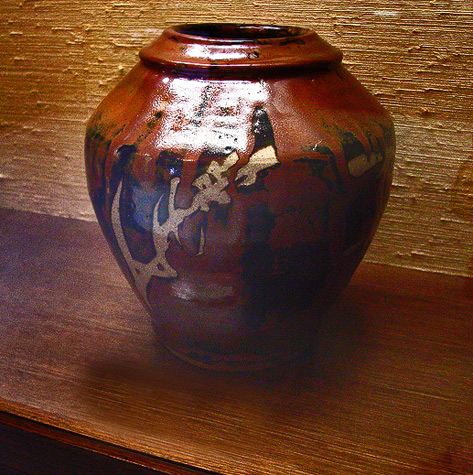
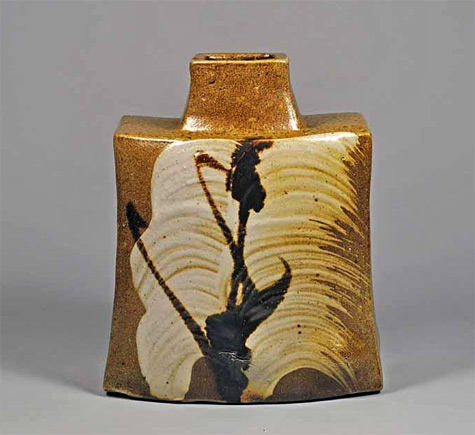
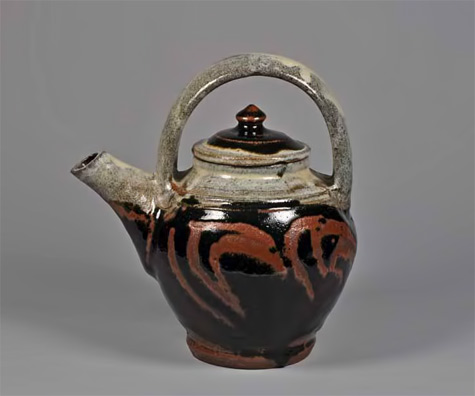
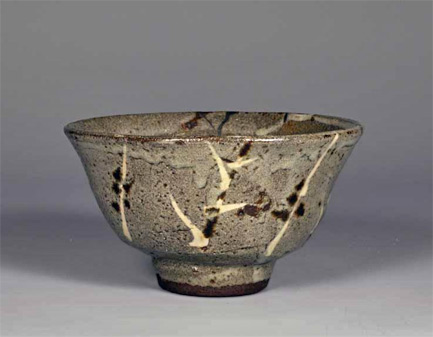
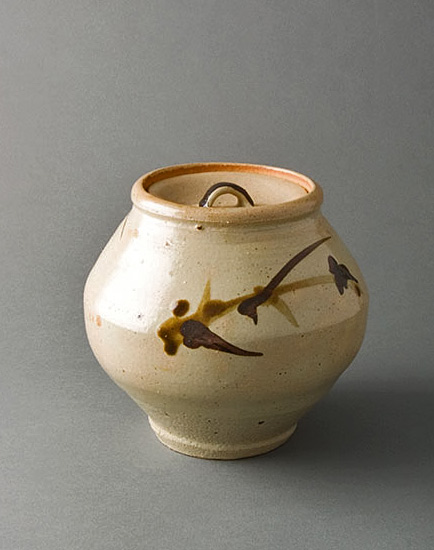
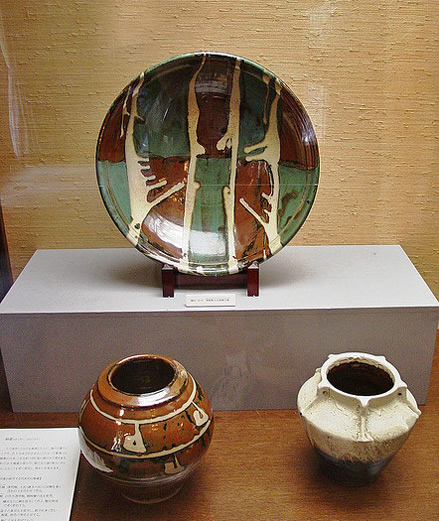
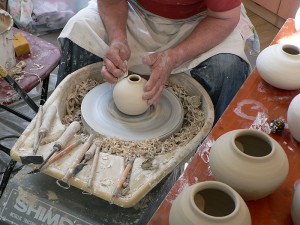

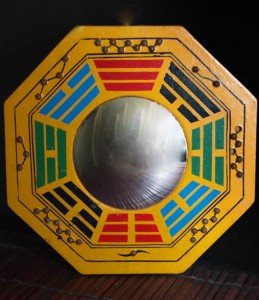
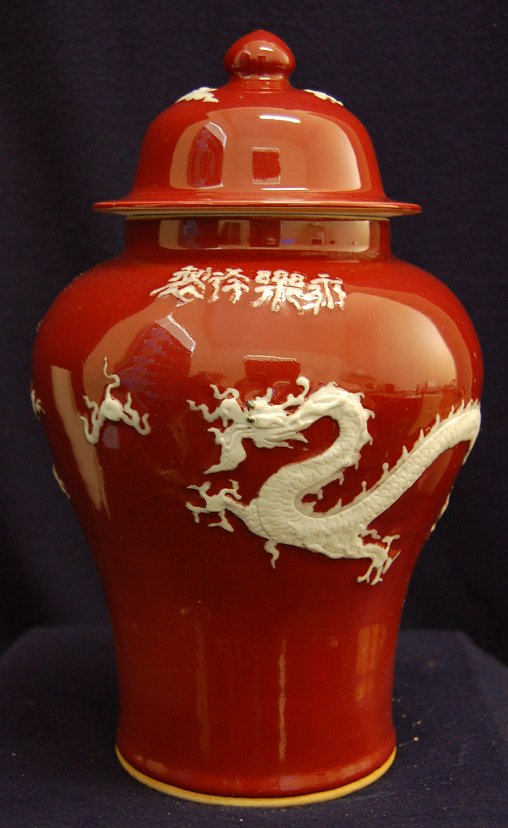 Lidded dragon jar
Lidded dragon jar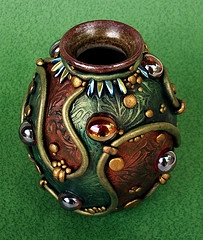
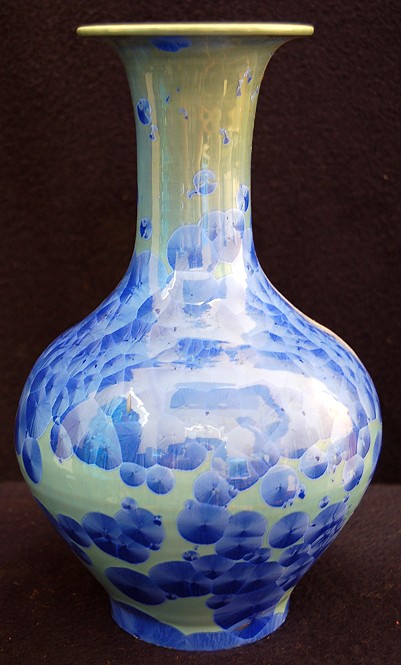
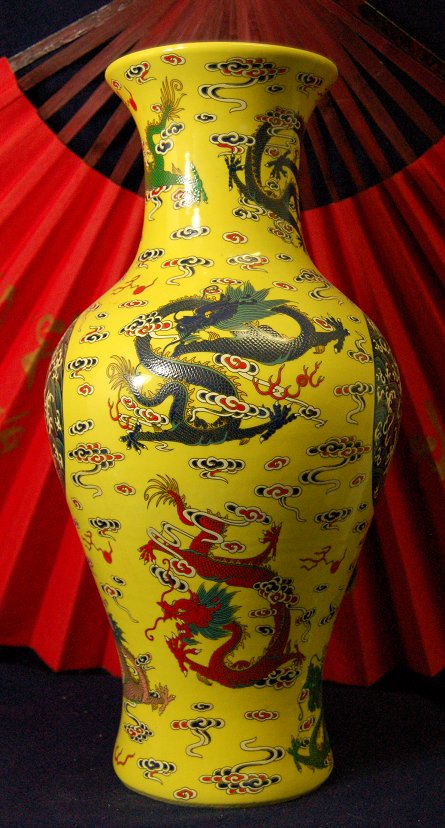

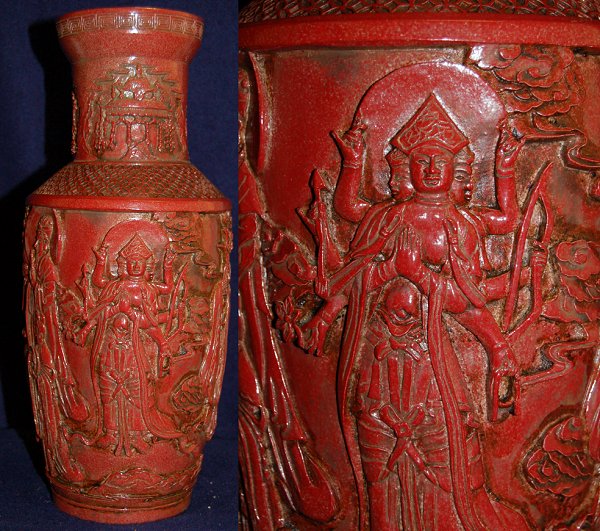
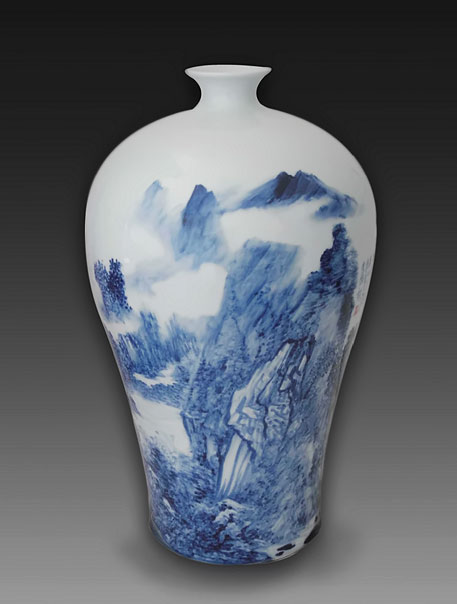
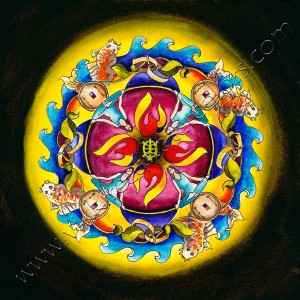
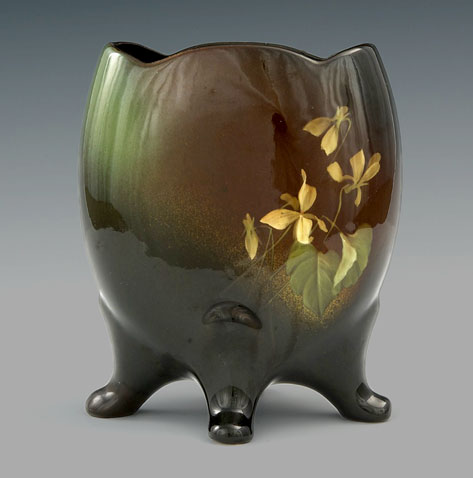

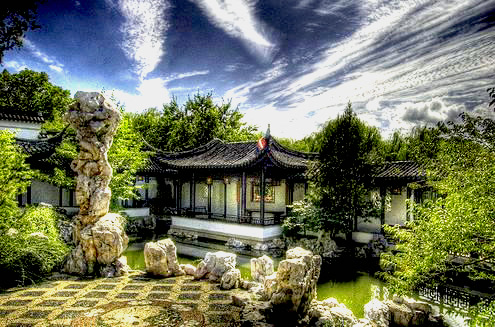
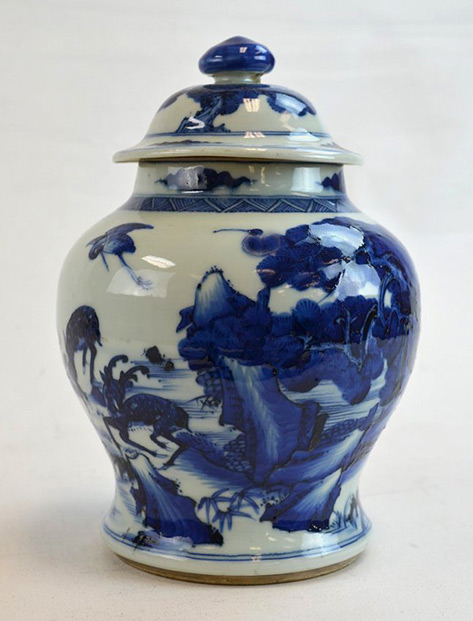
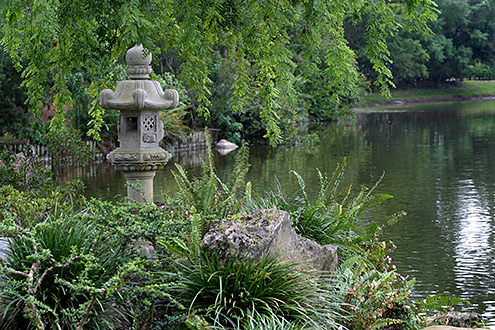
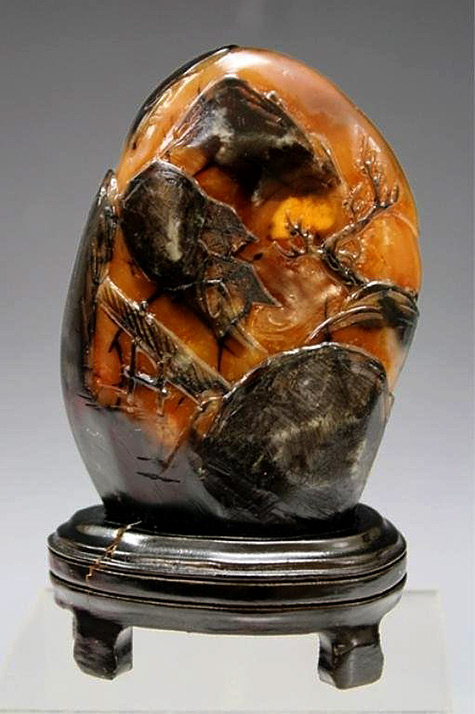
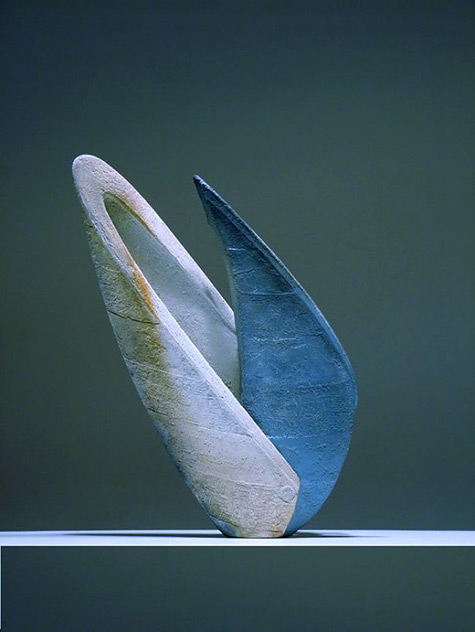
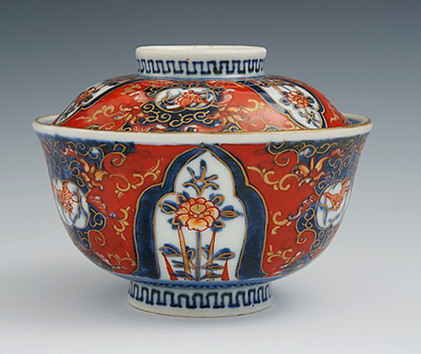
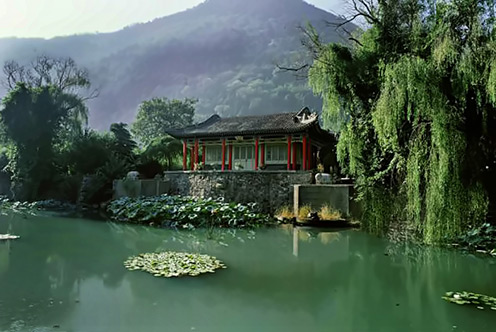
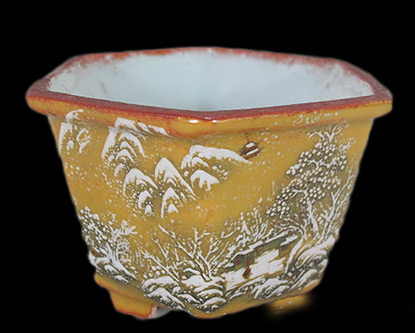
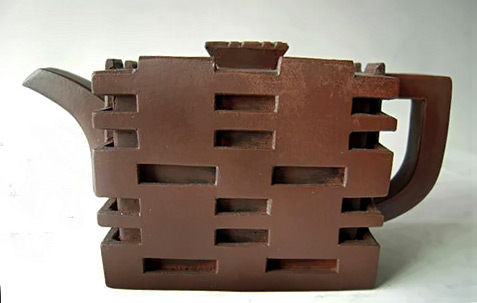
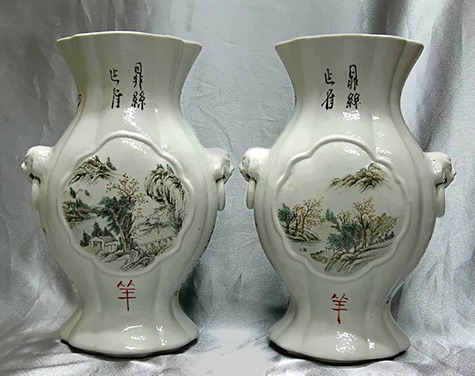
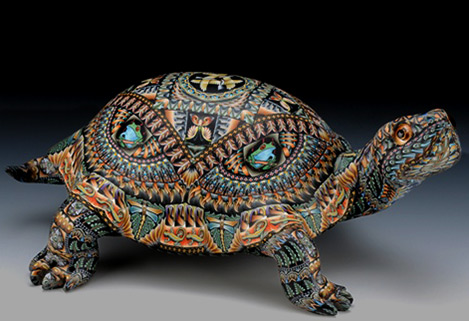
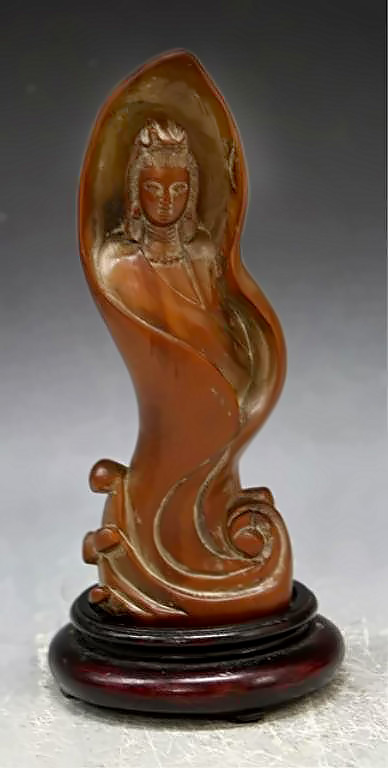

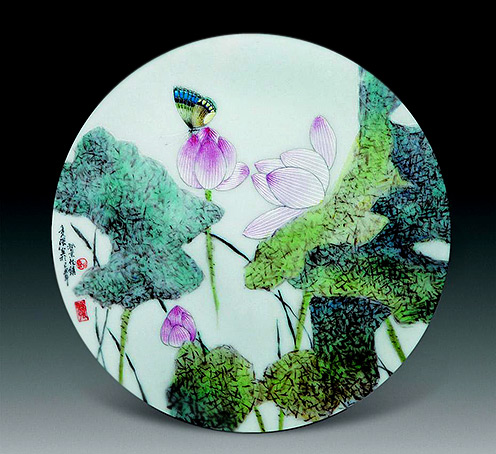
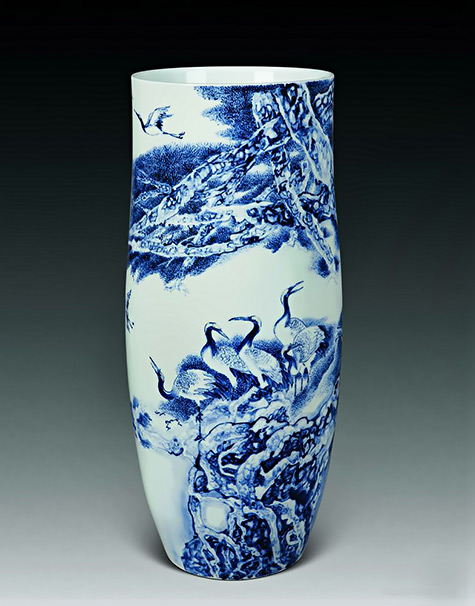
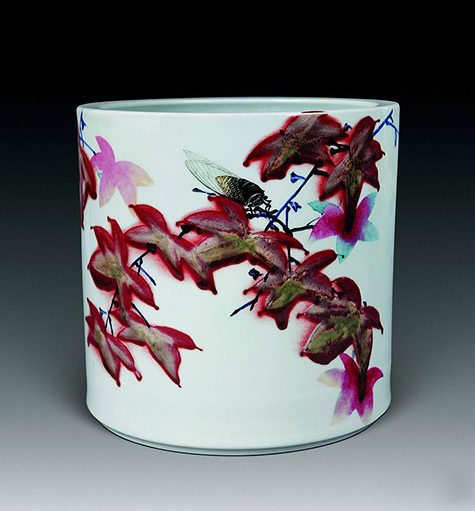

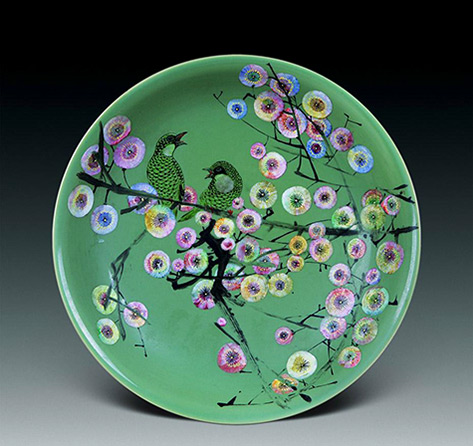
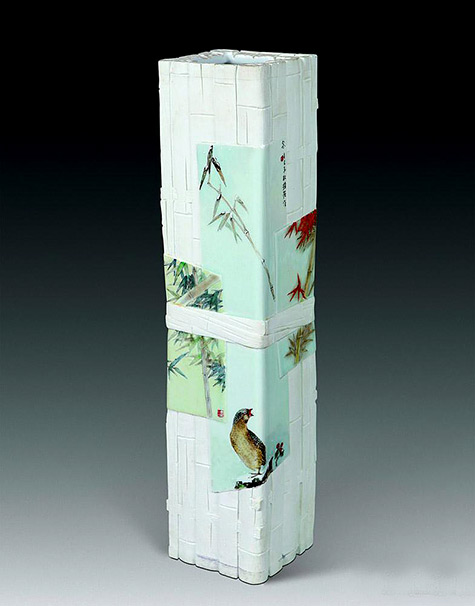
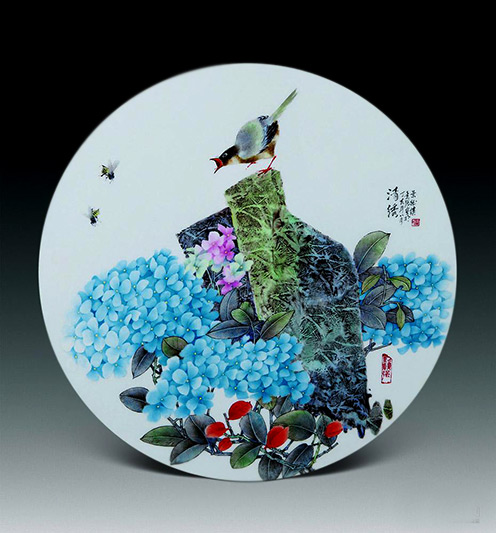
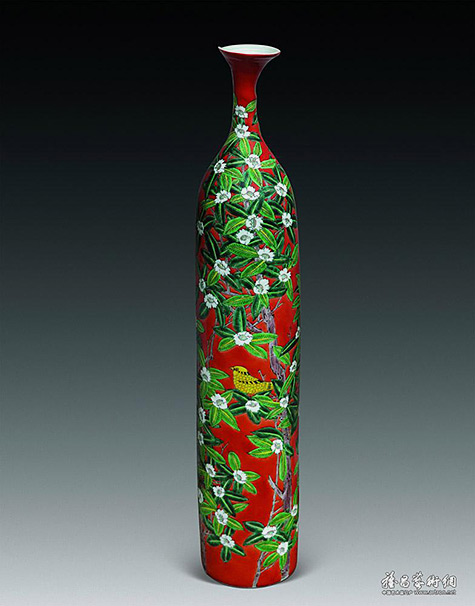
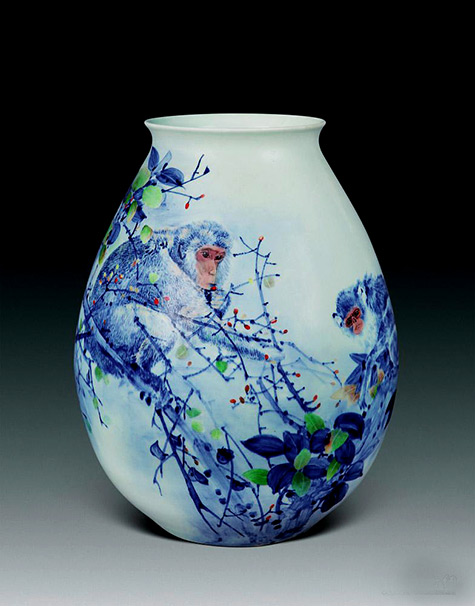

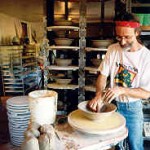
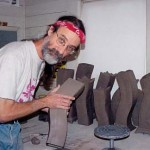
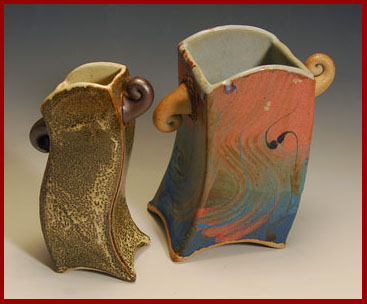
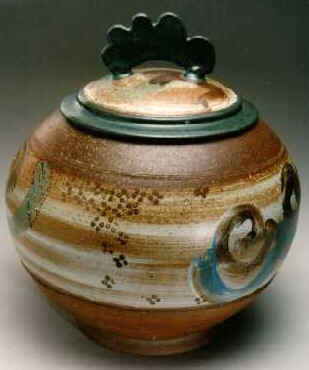
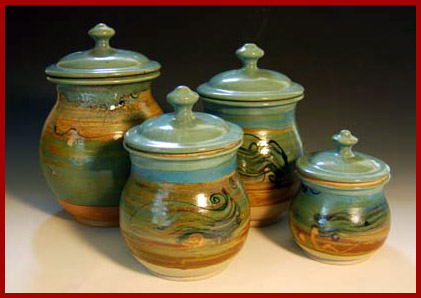
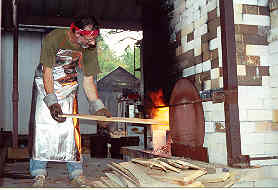
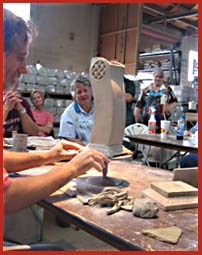
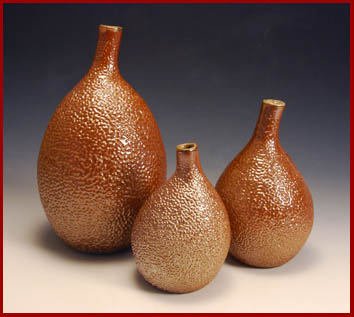
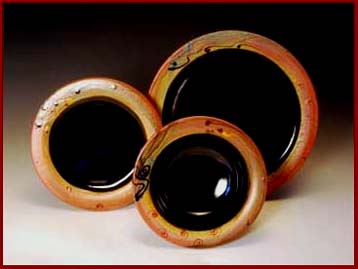
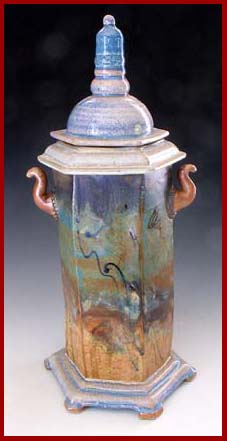
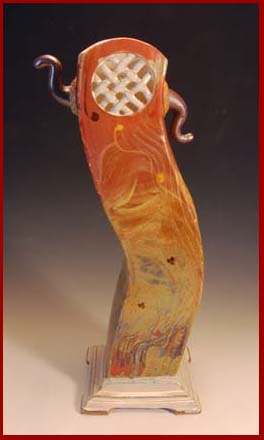
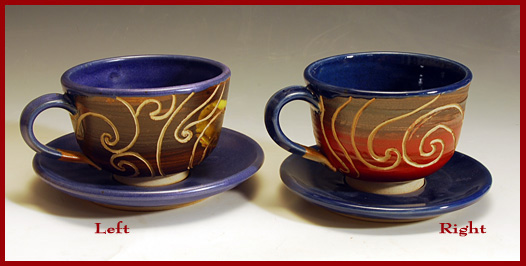
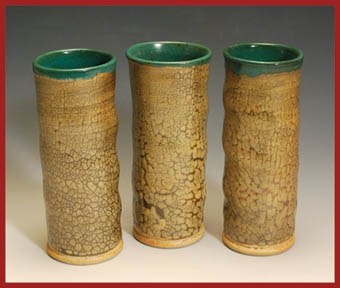
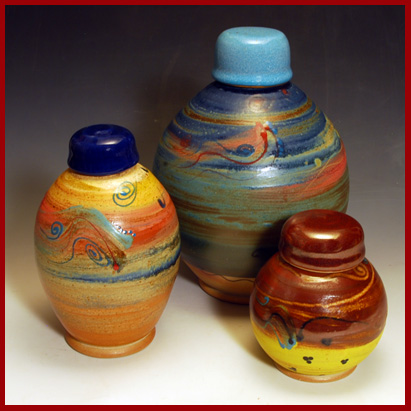
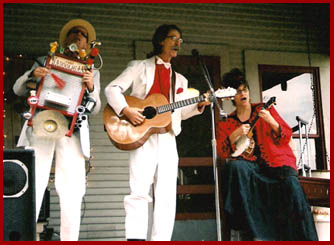
 Egyptian Black Pot
Egyptian Black Pot



























































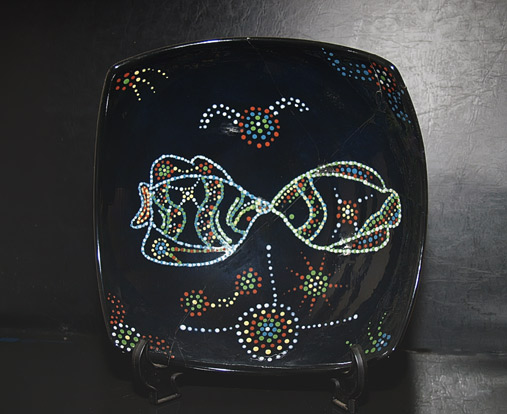
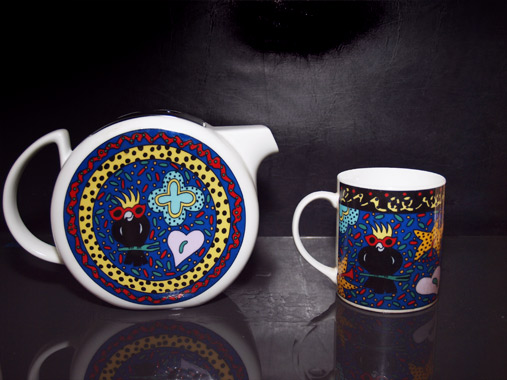
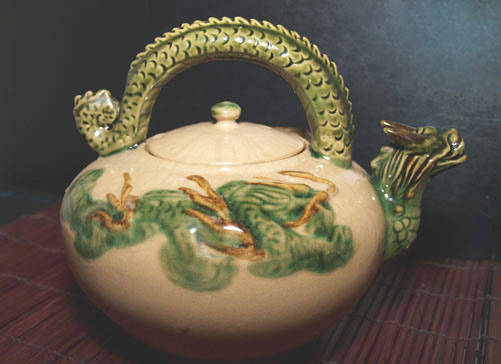
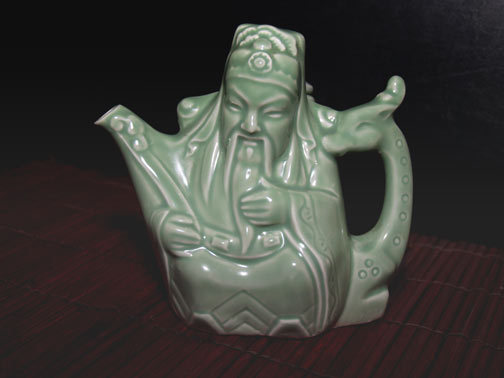


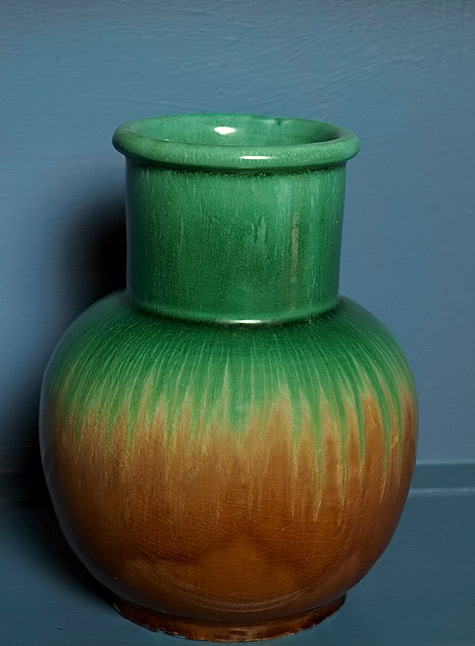
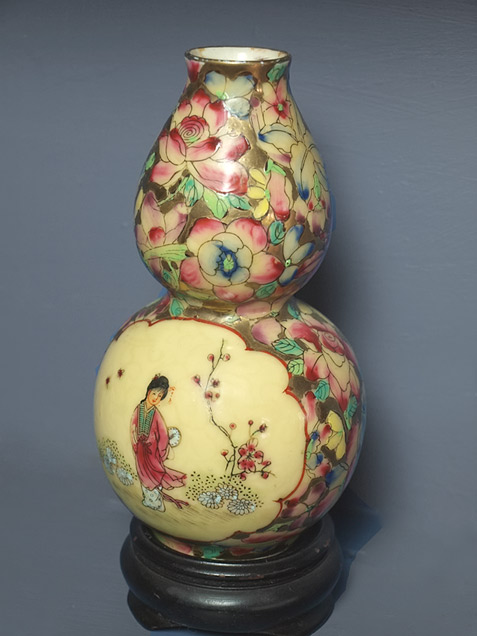

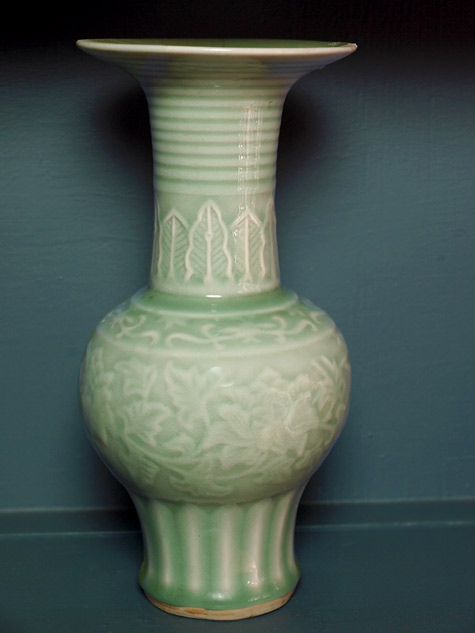
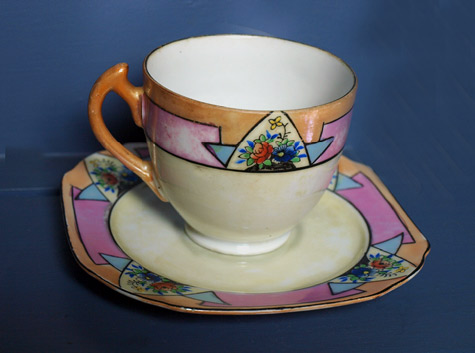
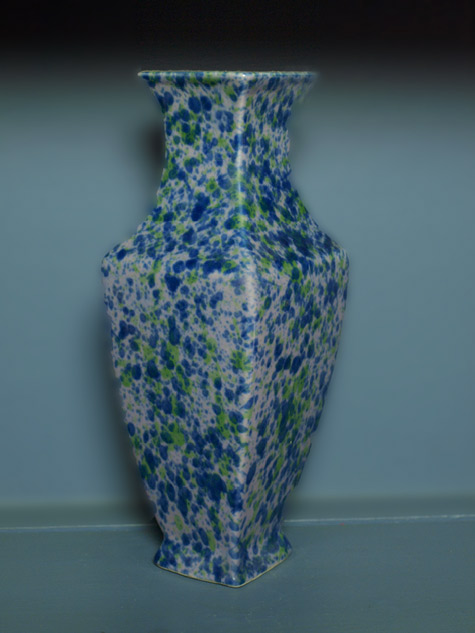
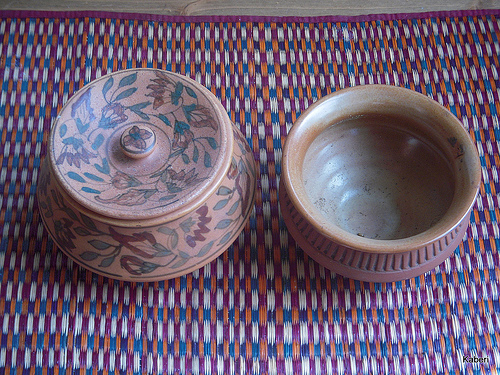
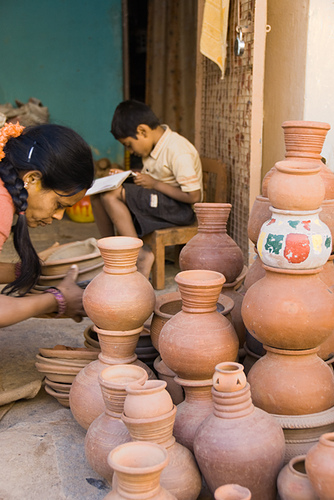
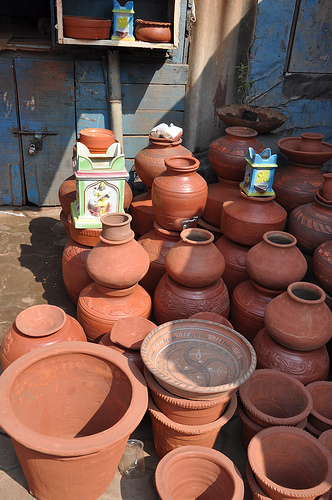
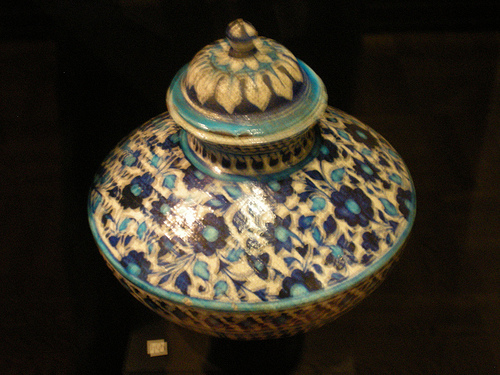 Lidded pottery
Lidded pottery
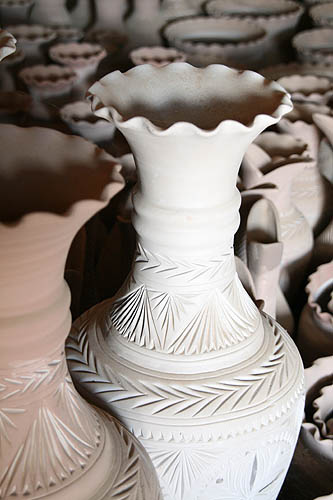 Incised Indian pottery
Incised Indian pottery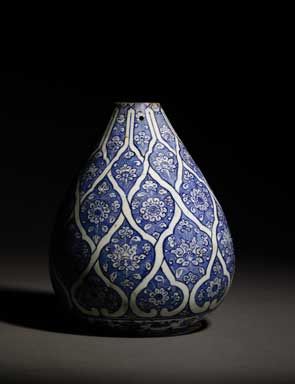 Fine detail pottery decoration
Fine detail pottery decoration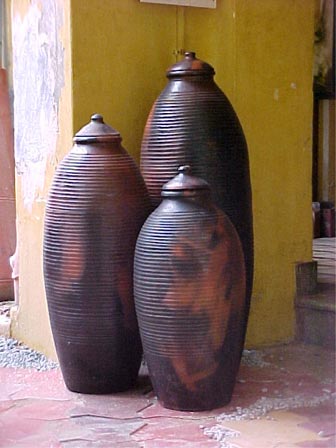
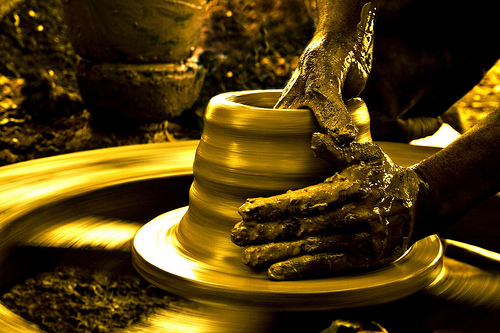
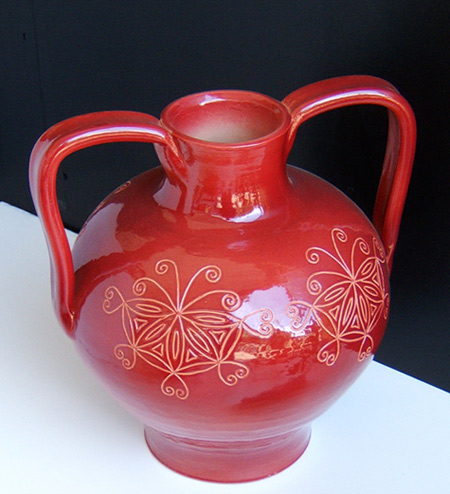
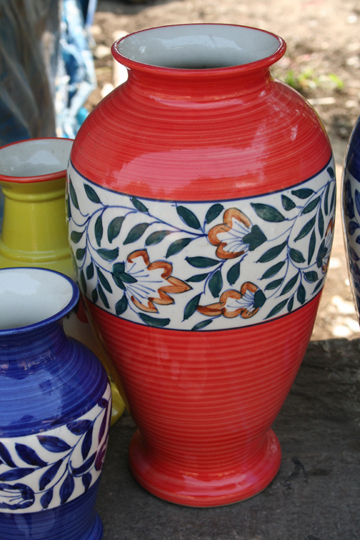 Red baluster pottery with floral band
Red baluster pottery with floral band Outdoor pottery market in India
Outdoor pottery market in India